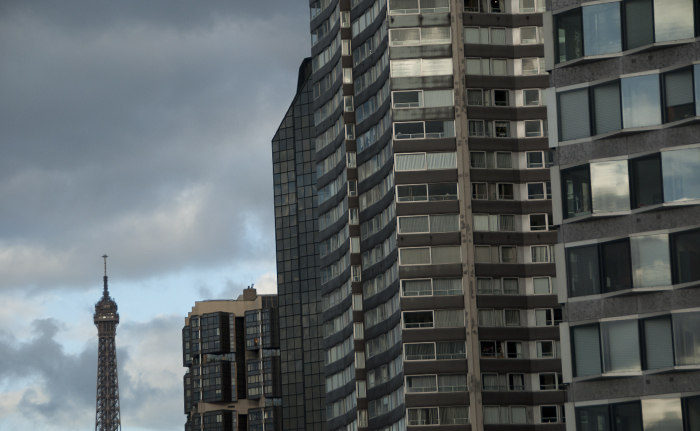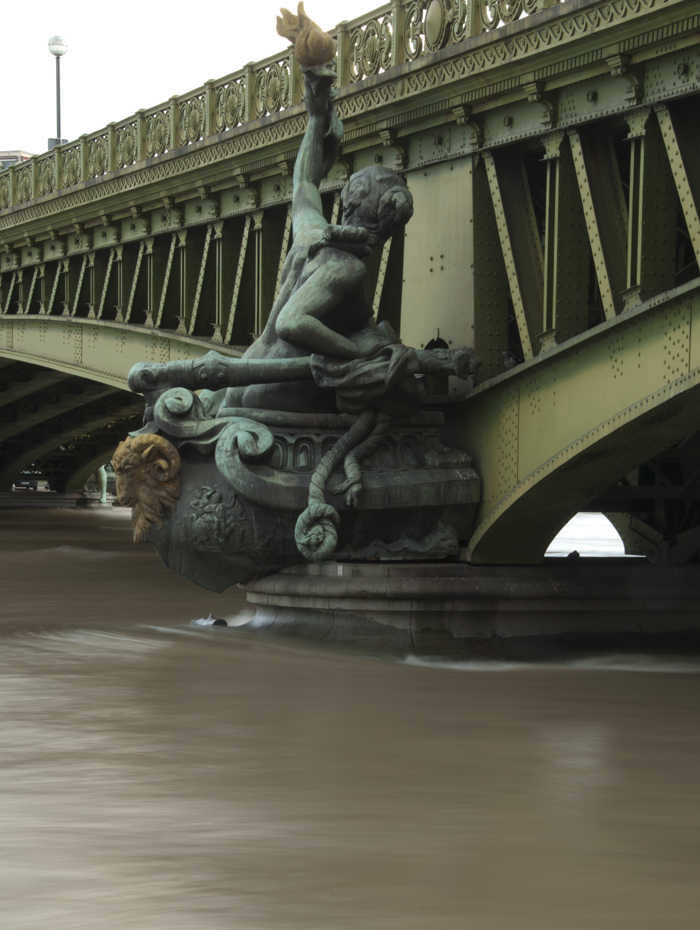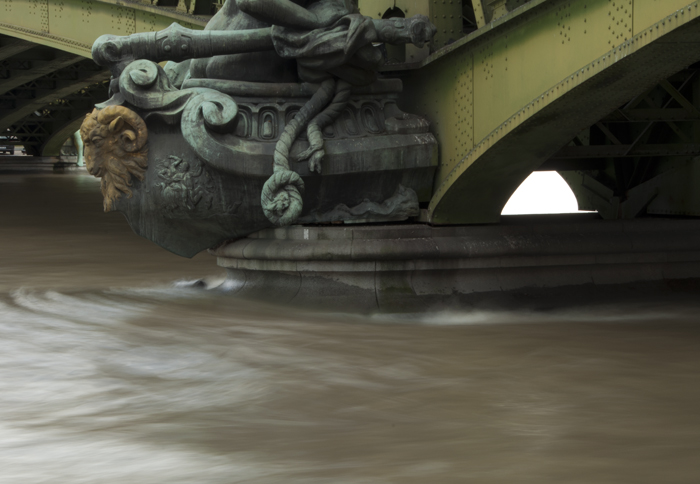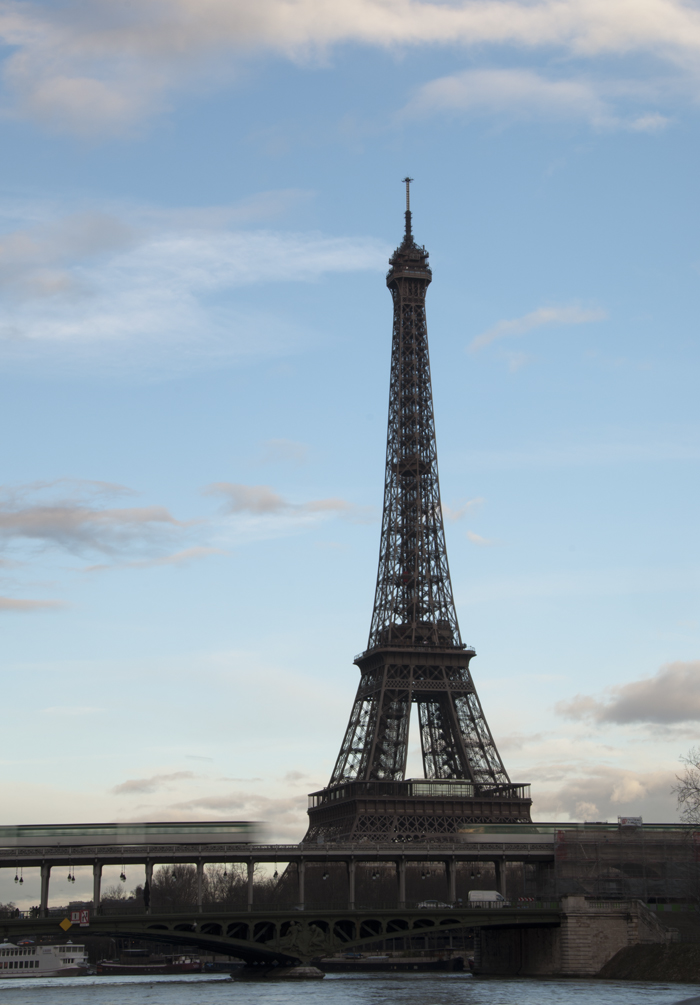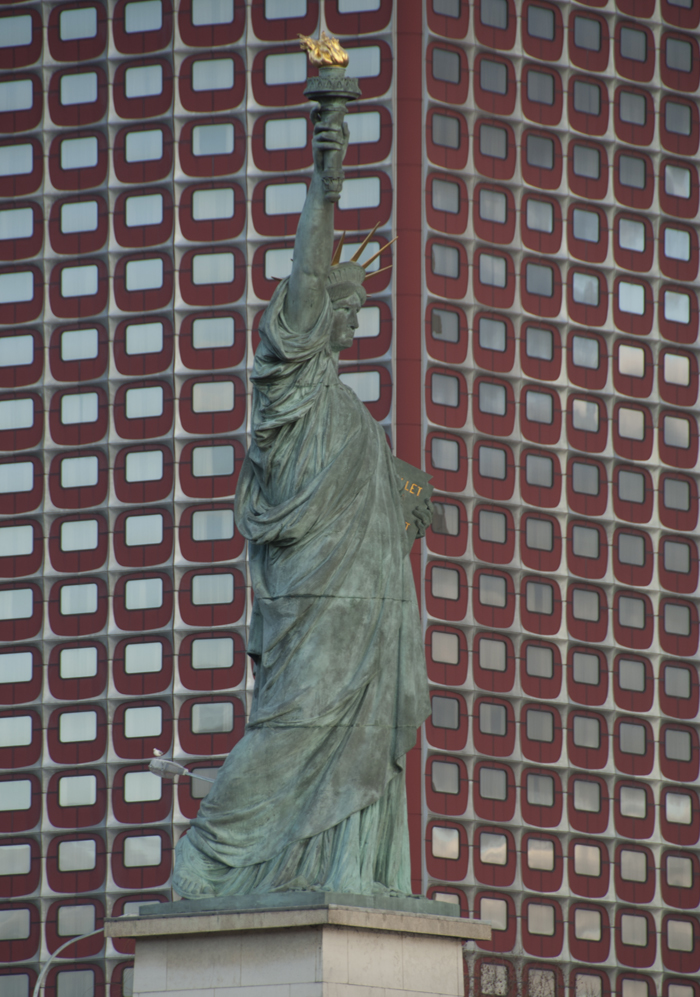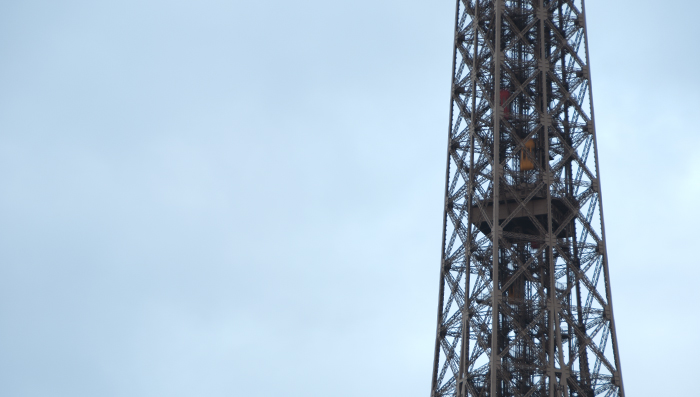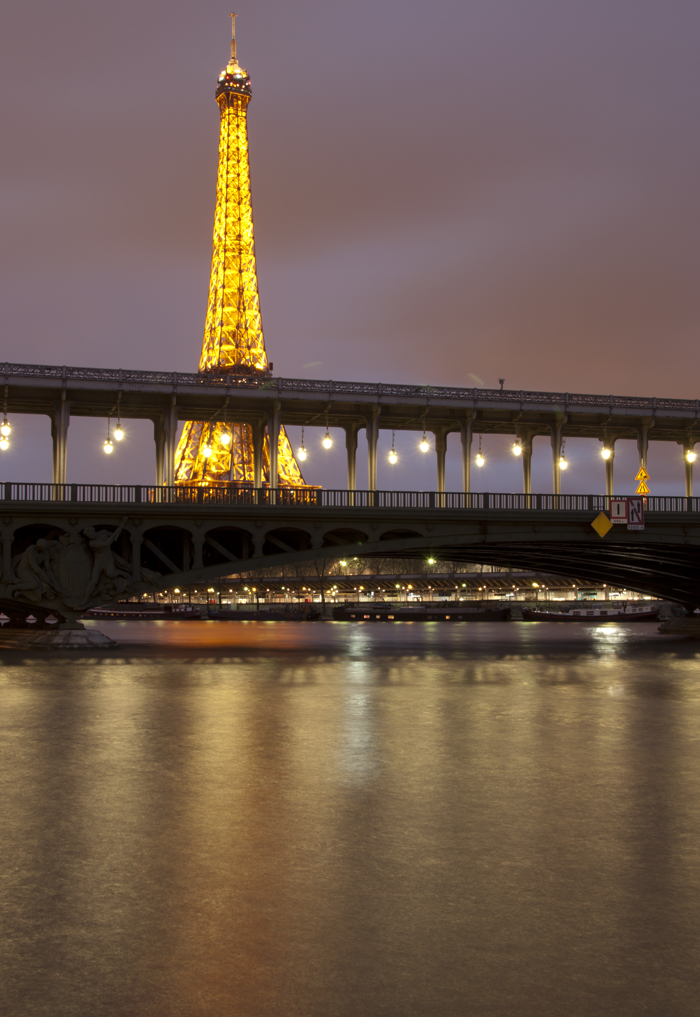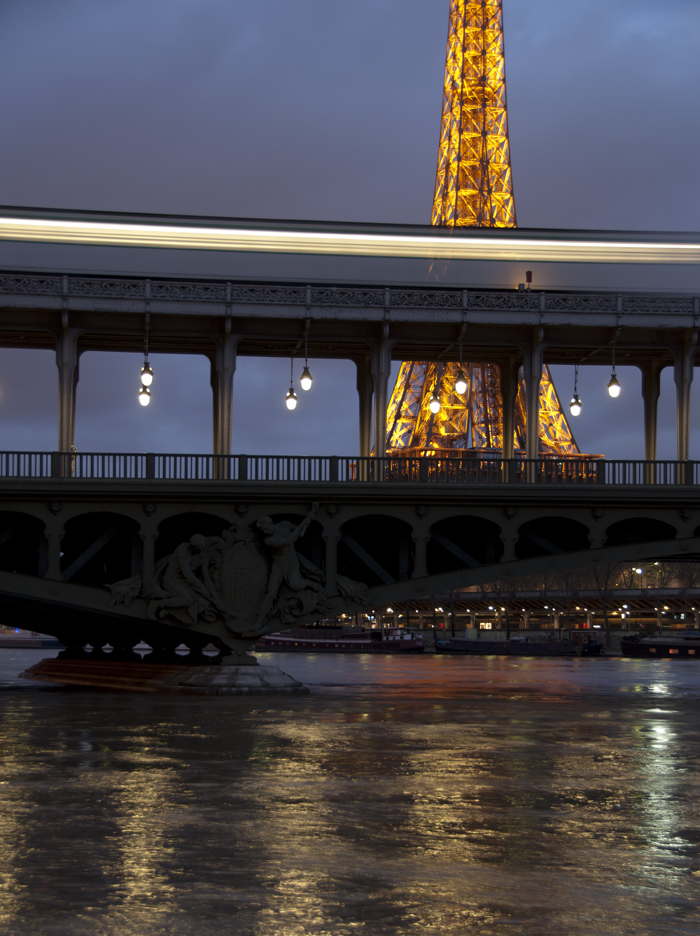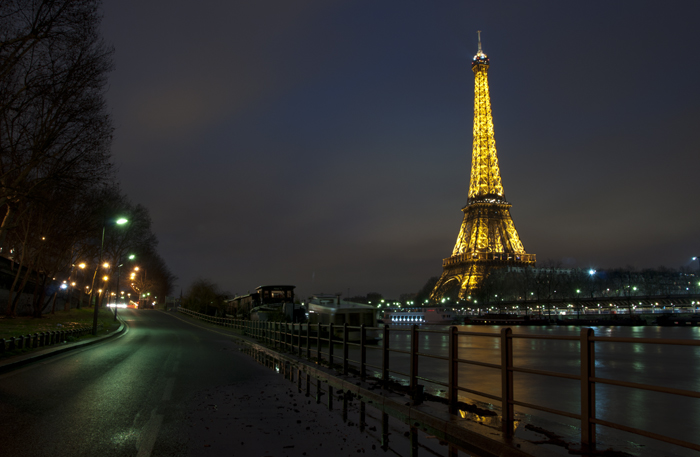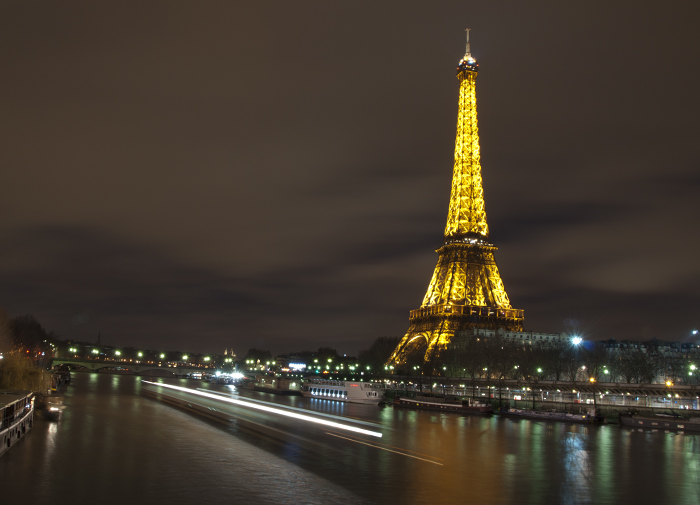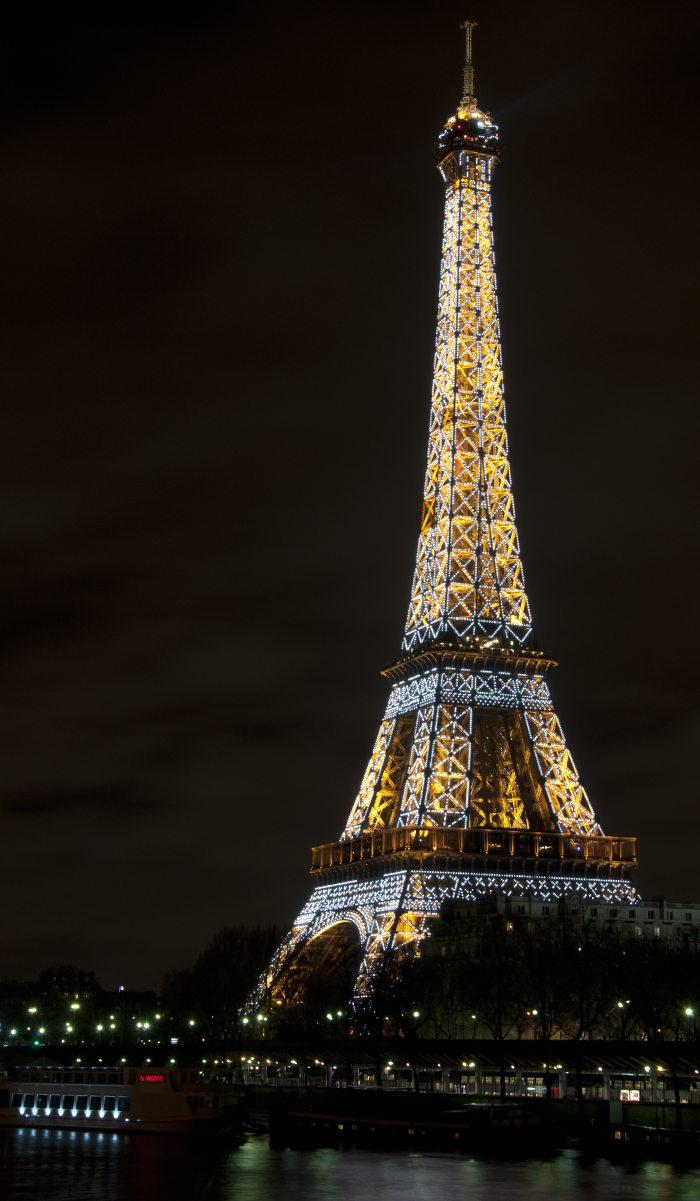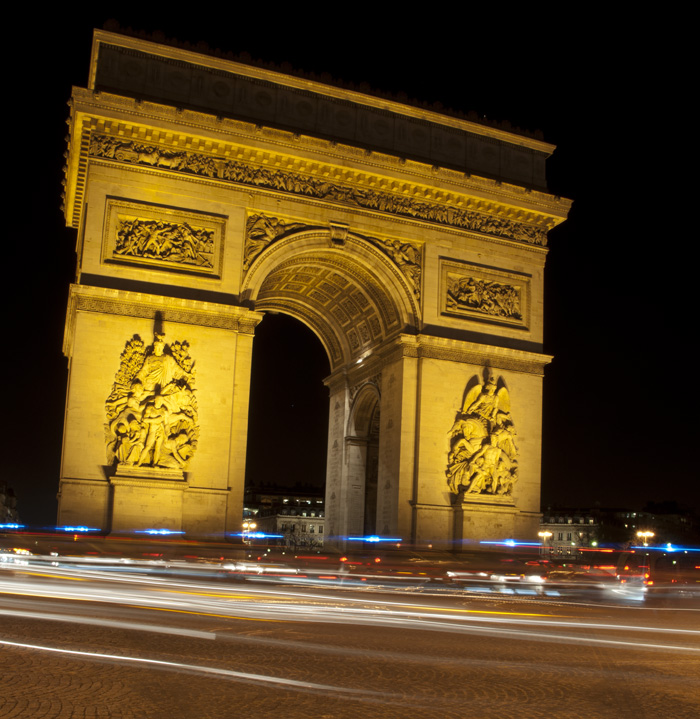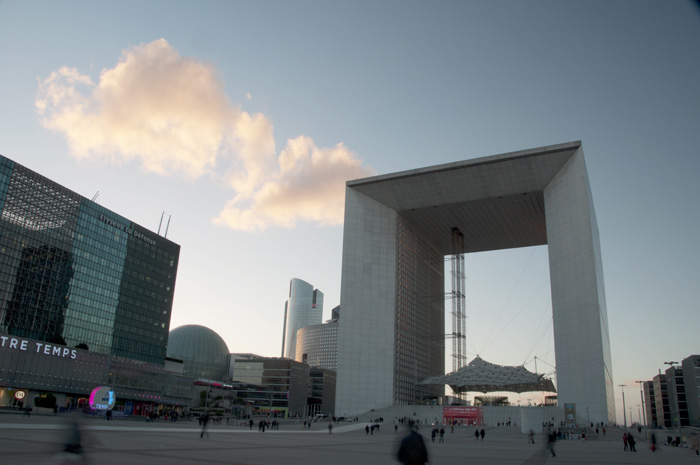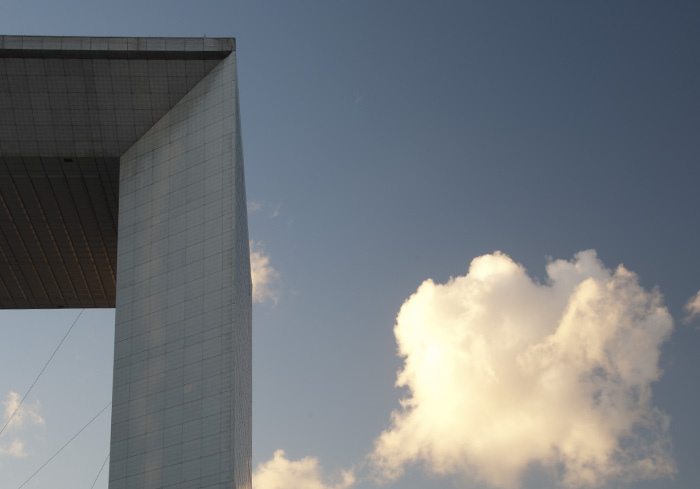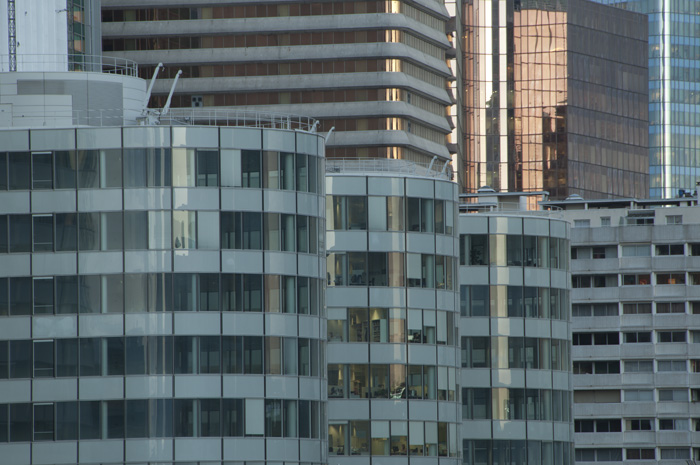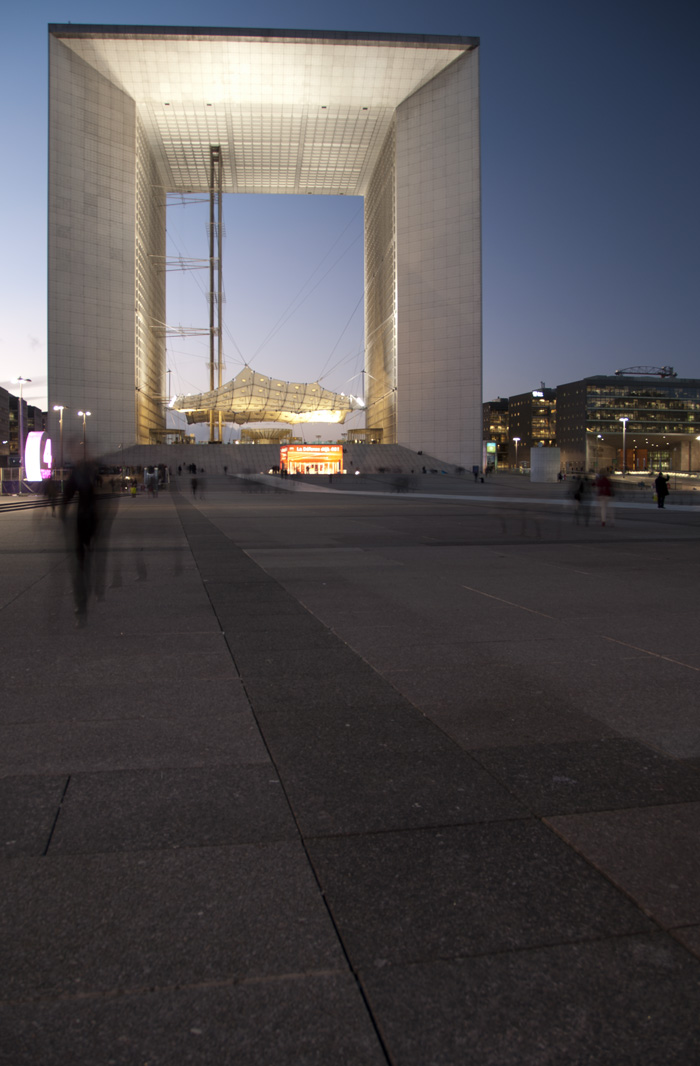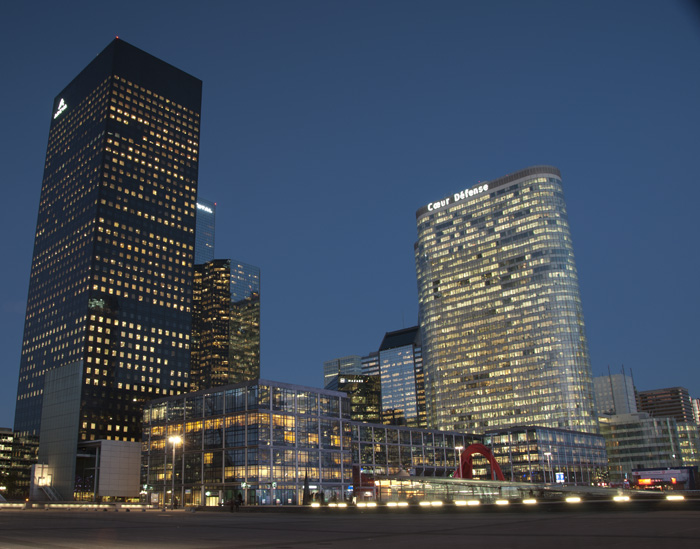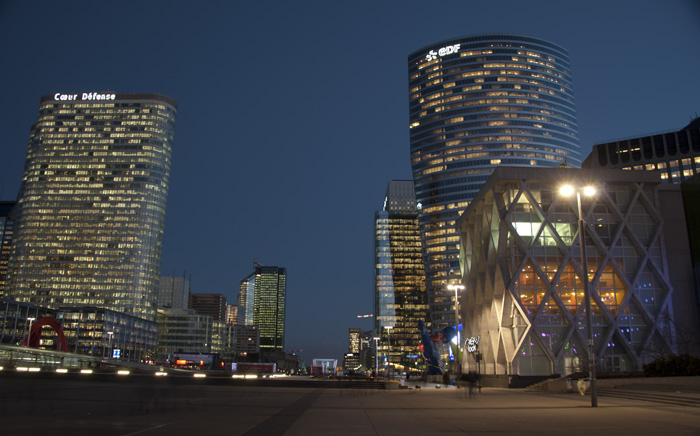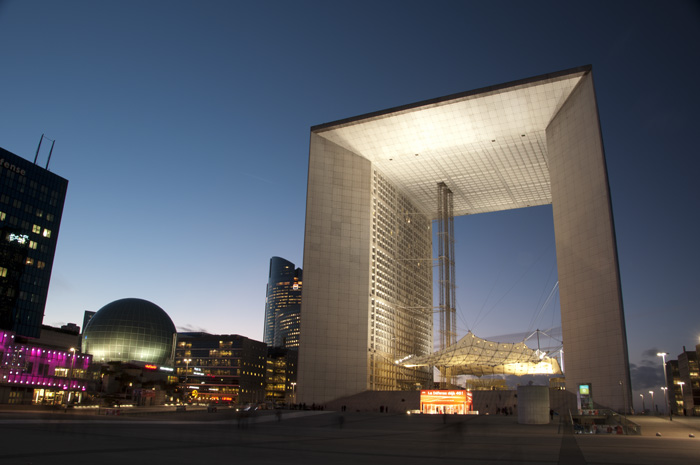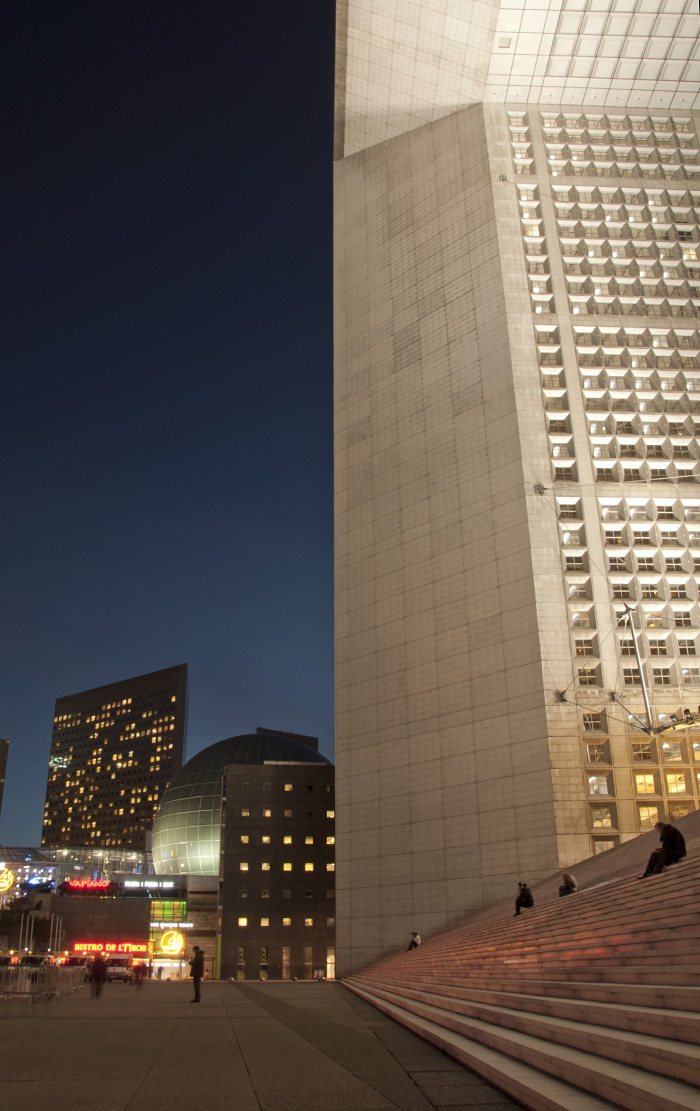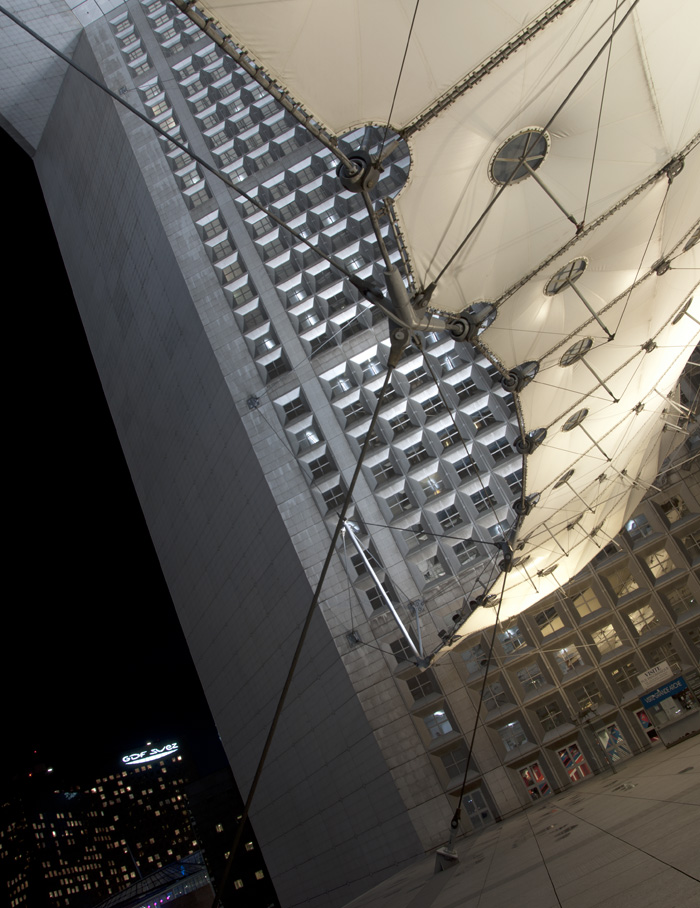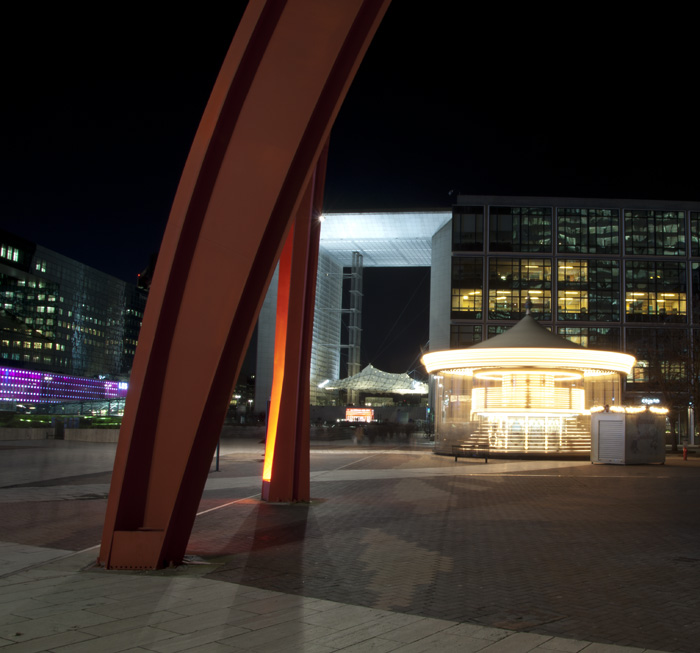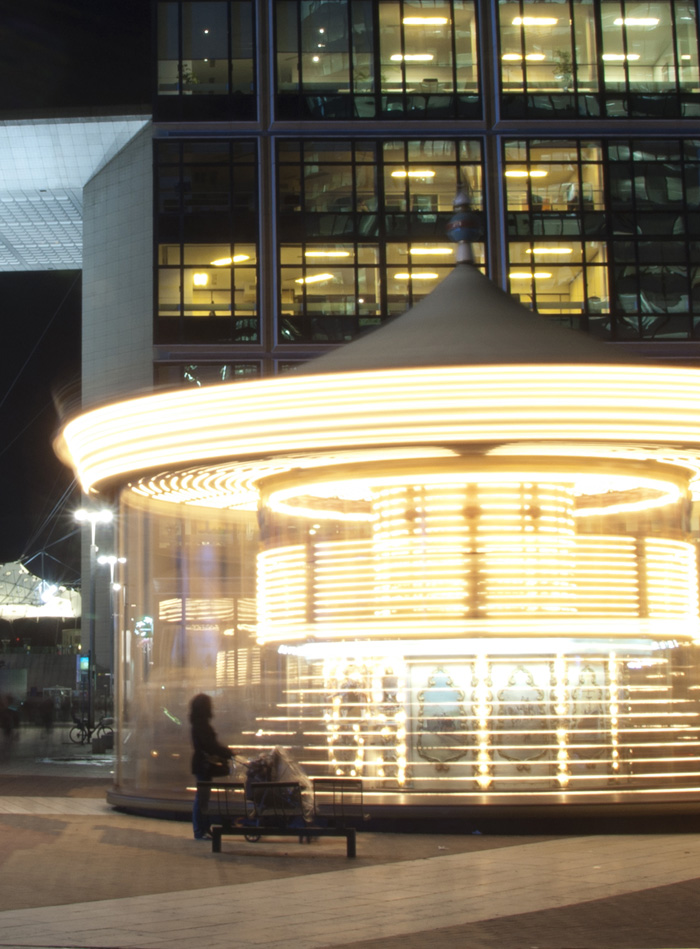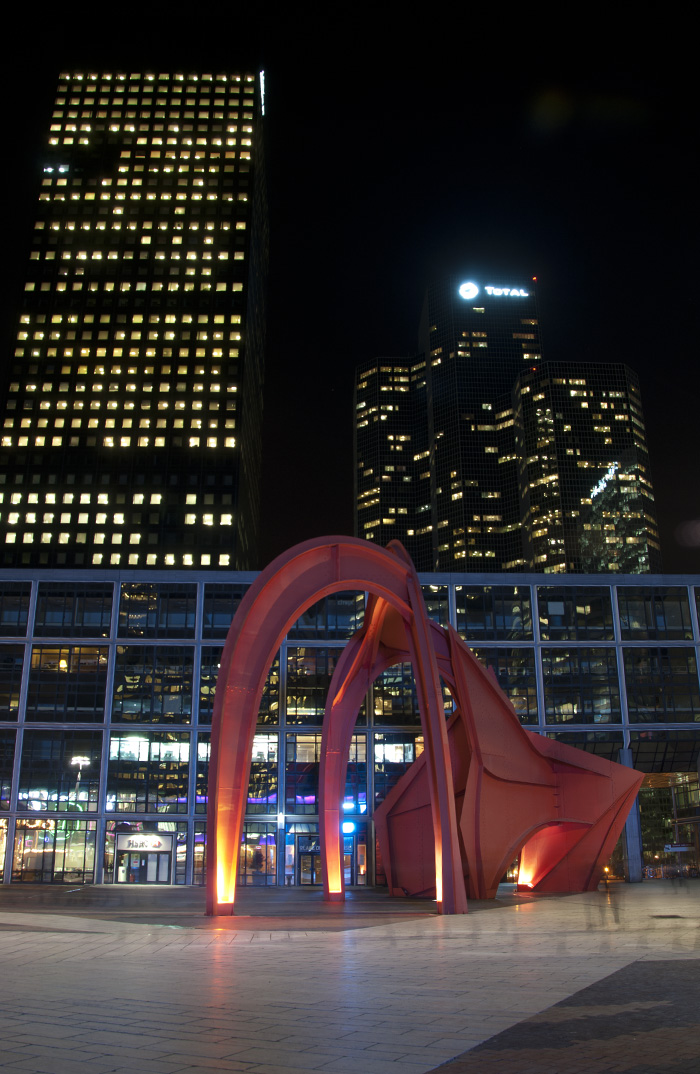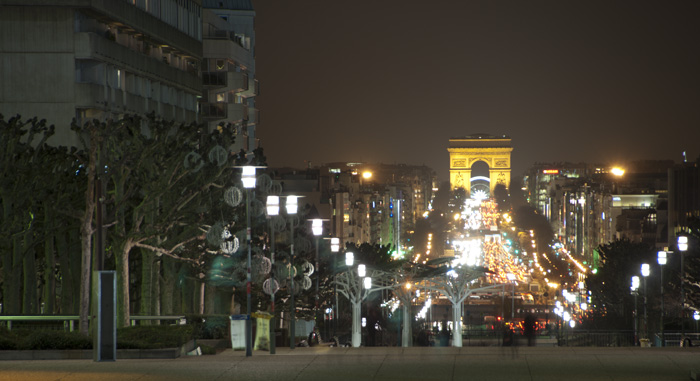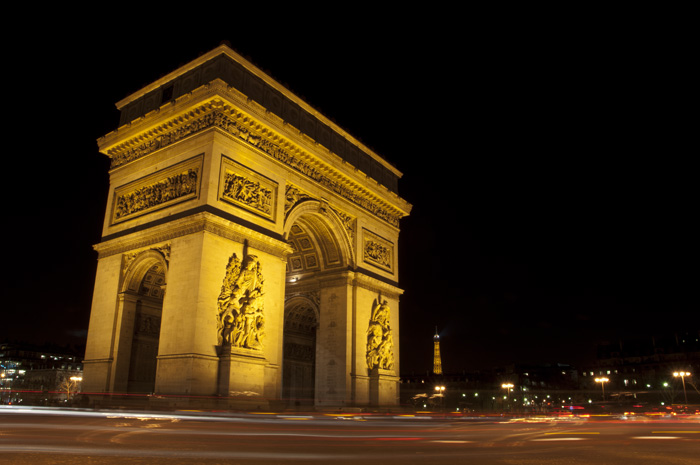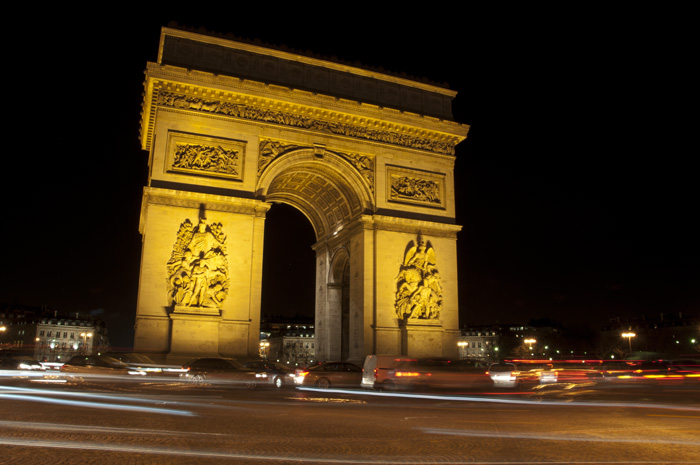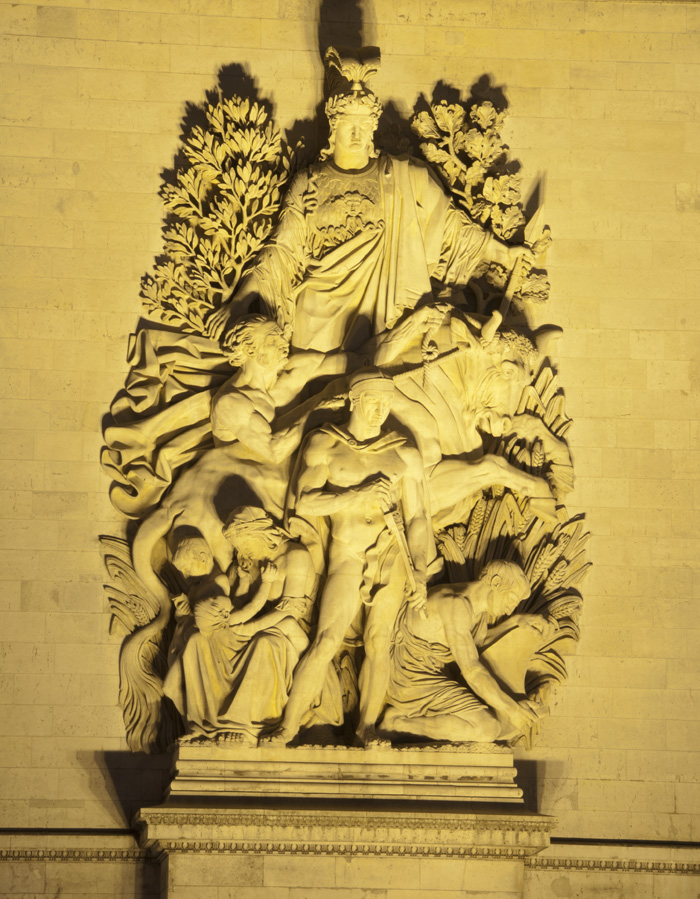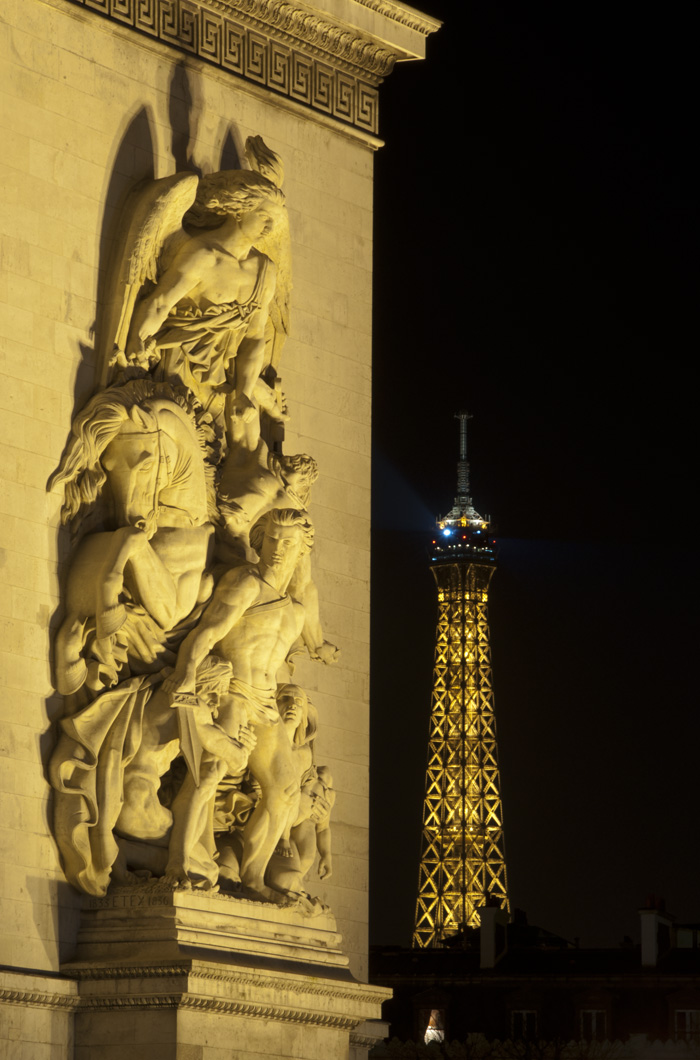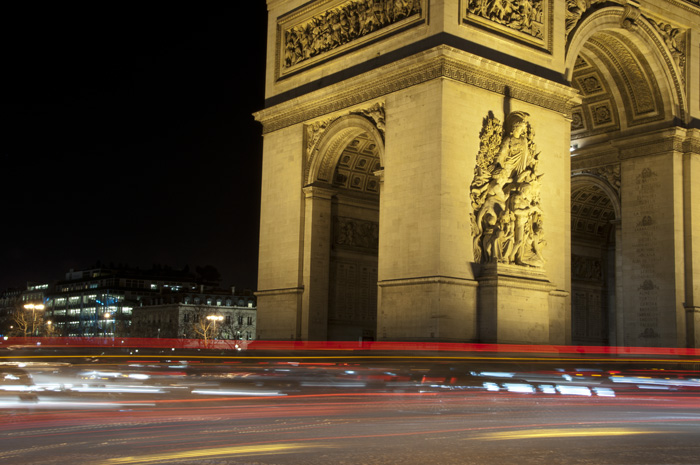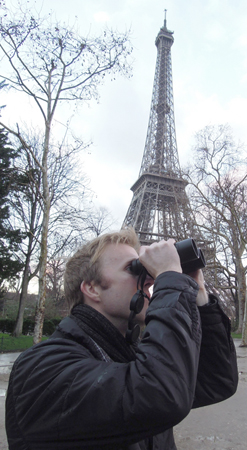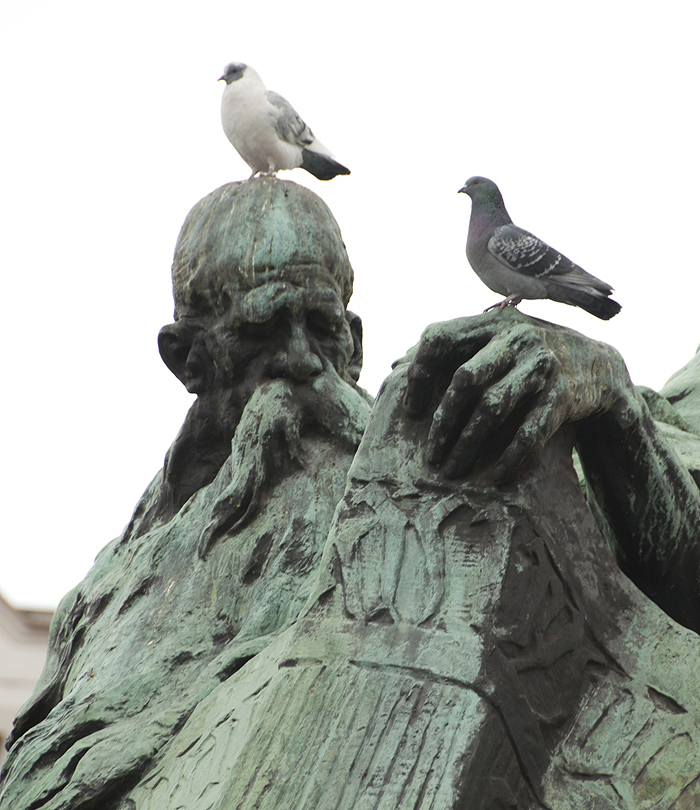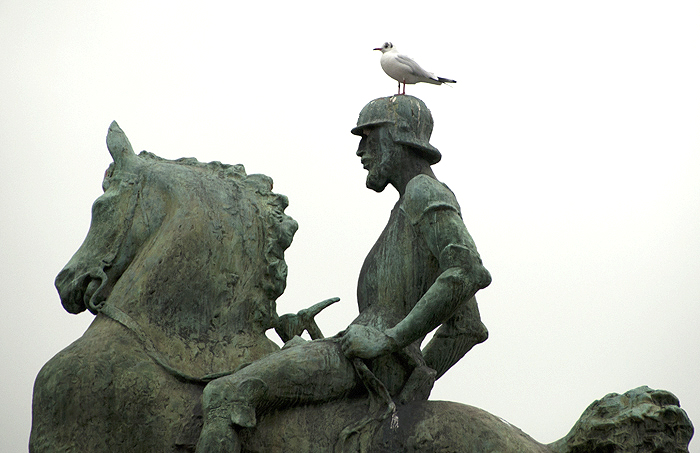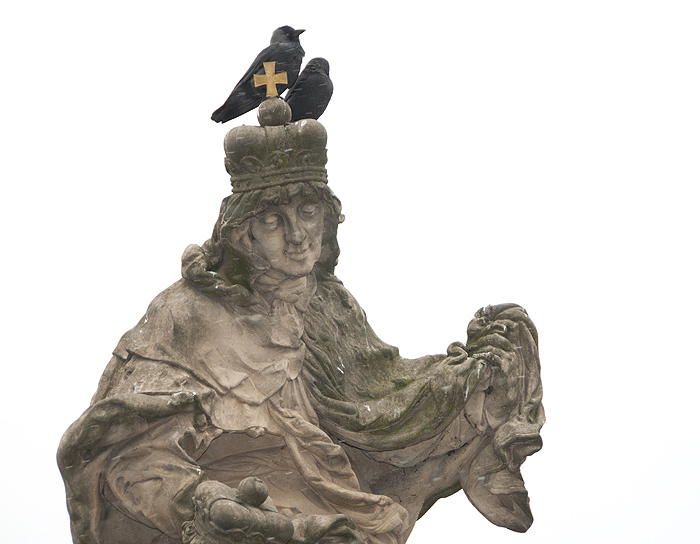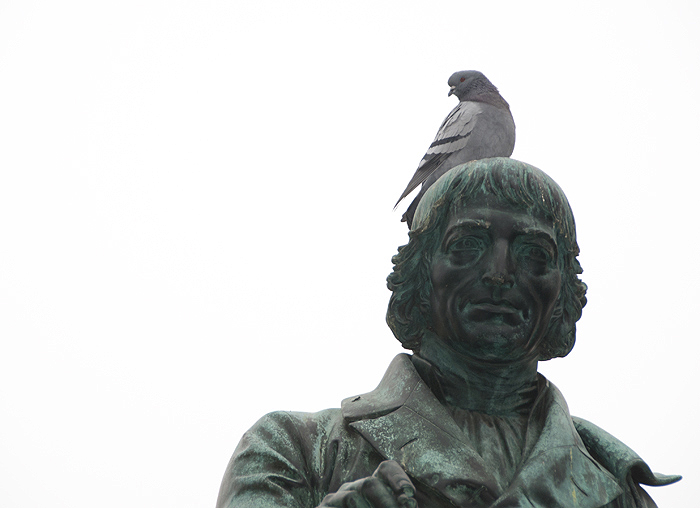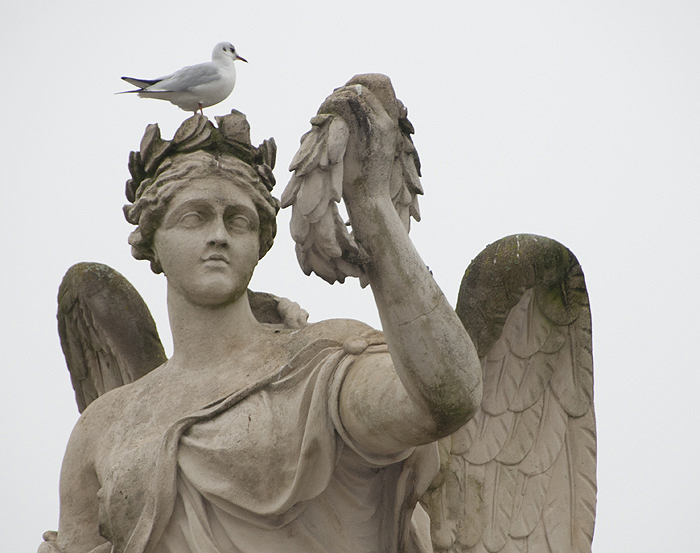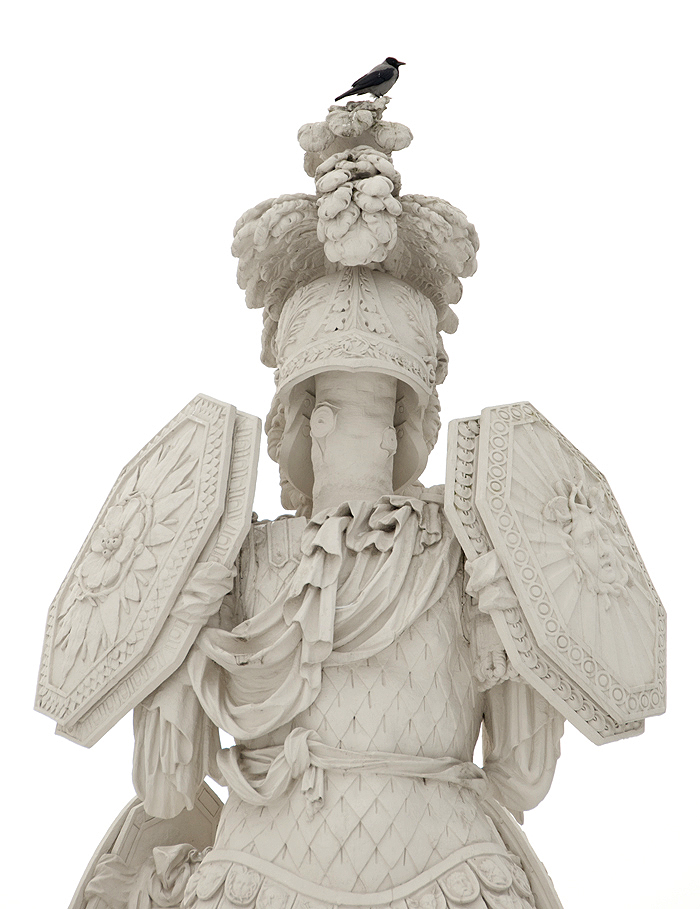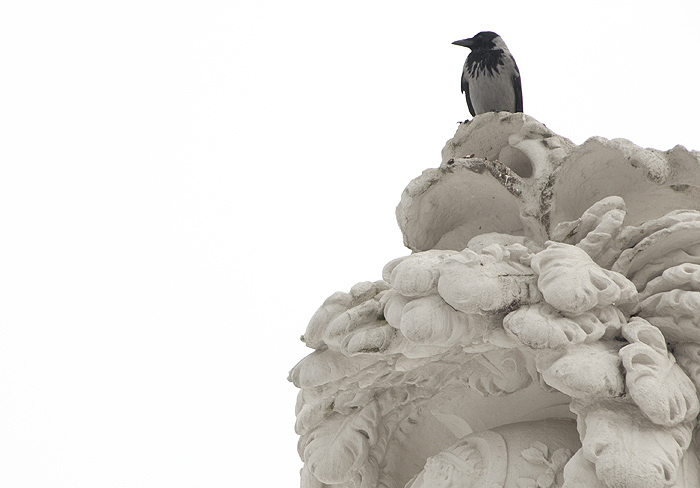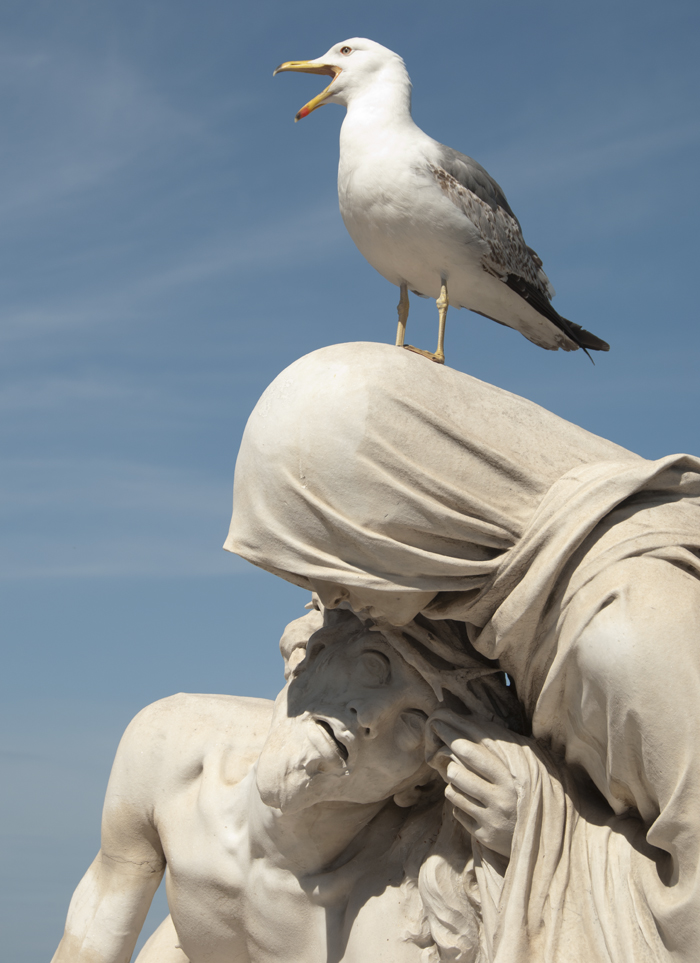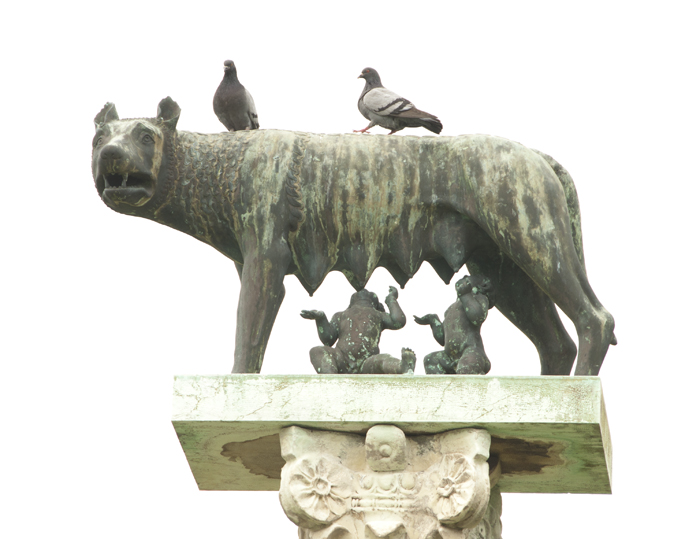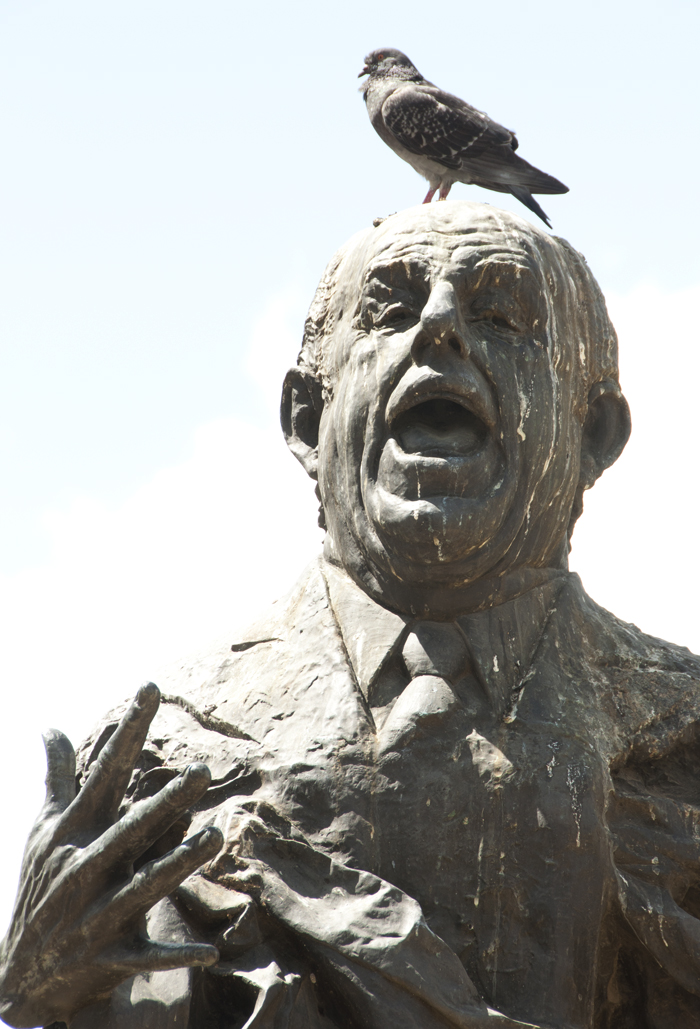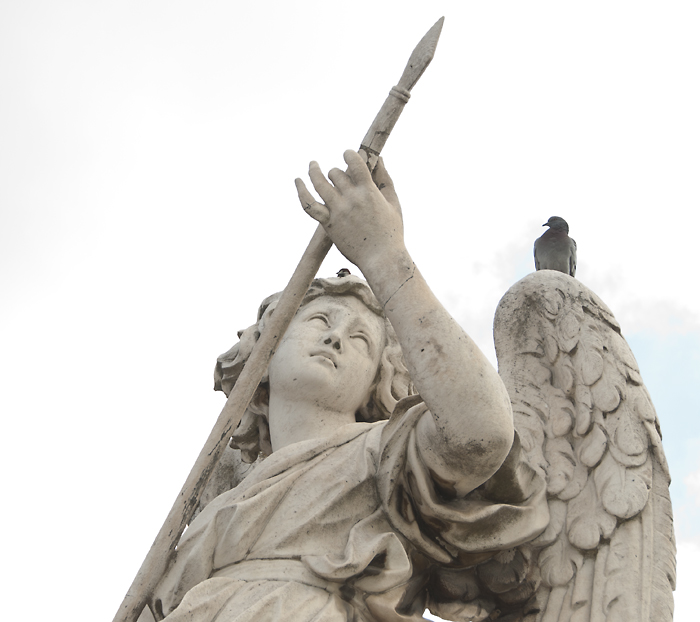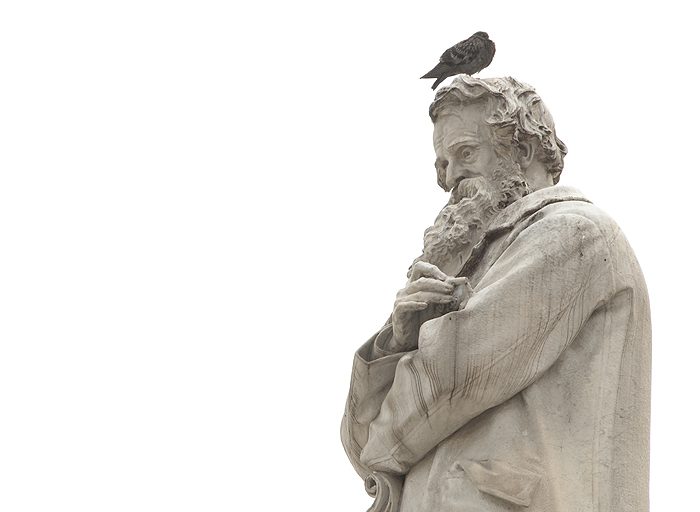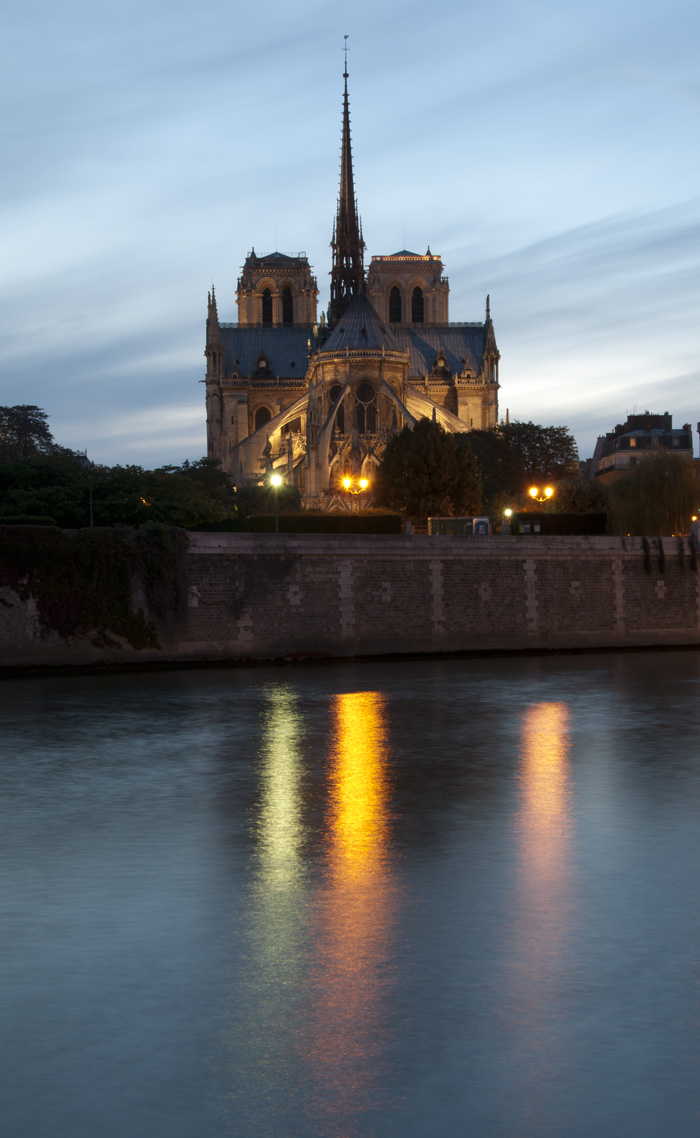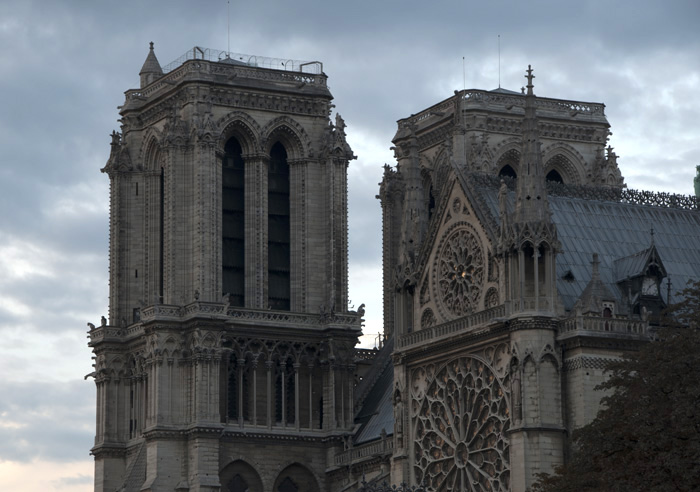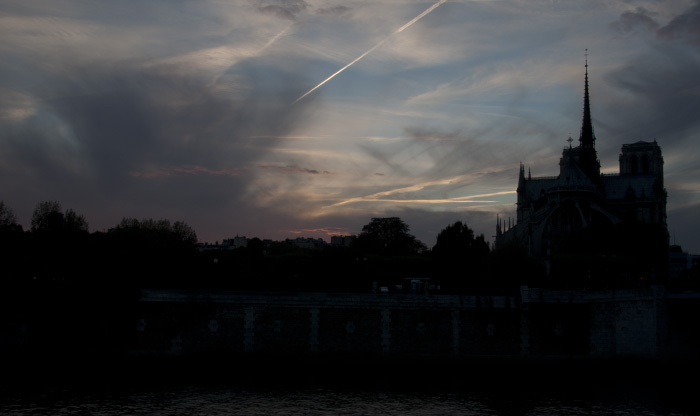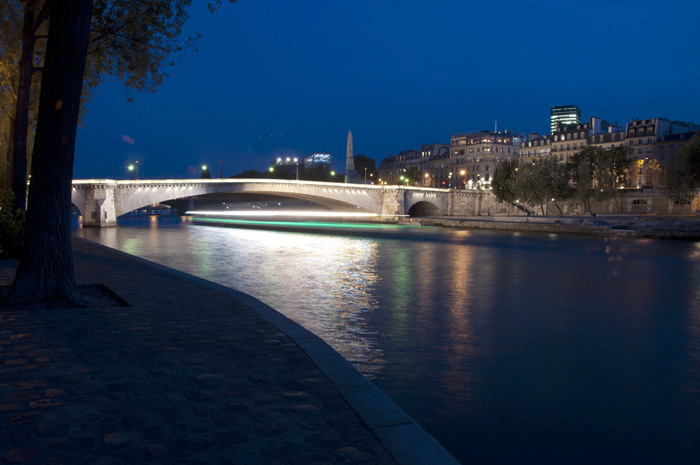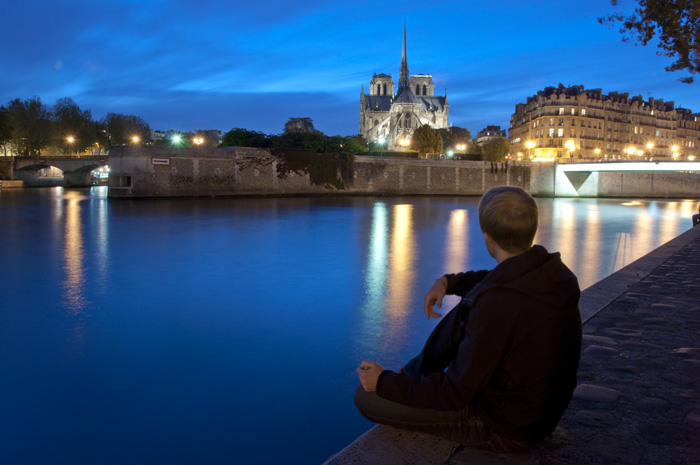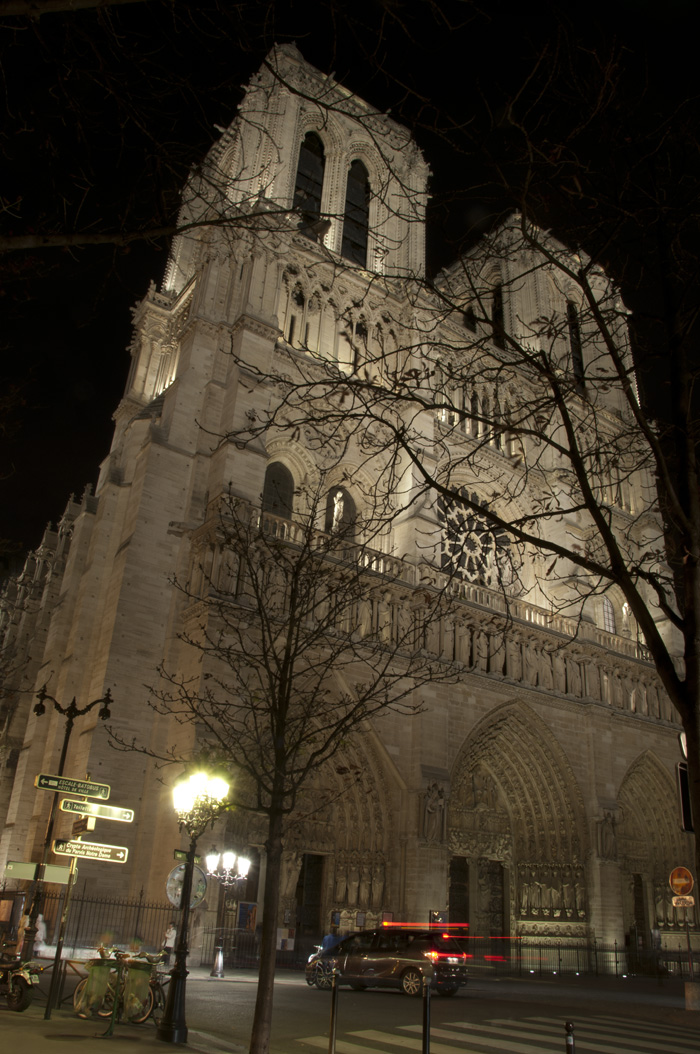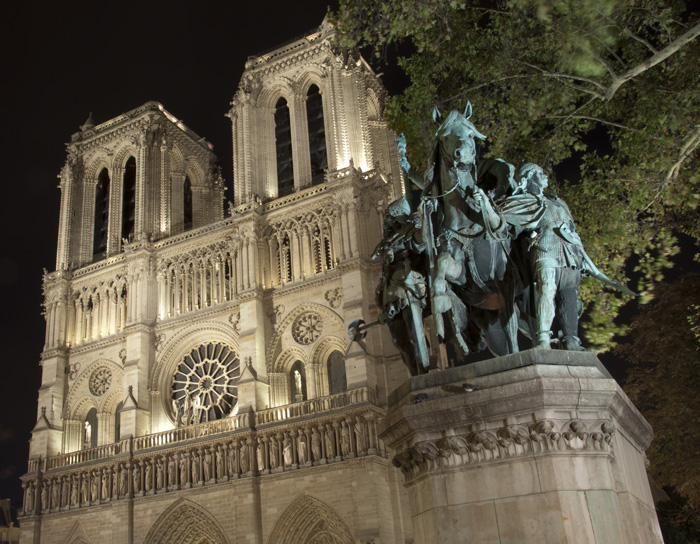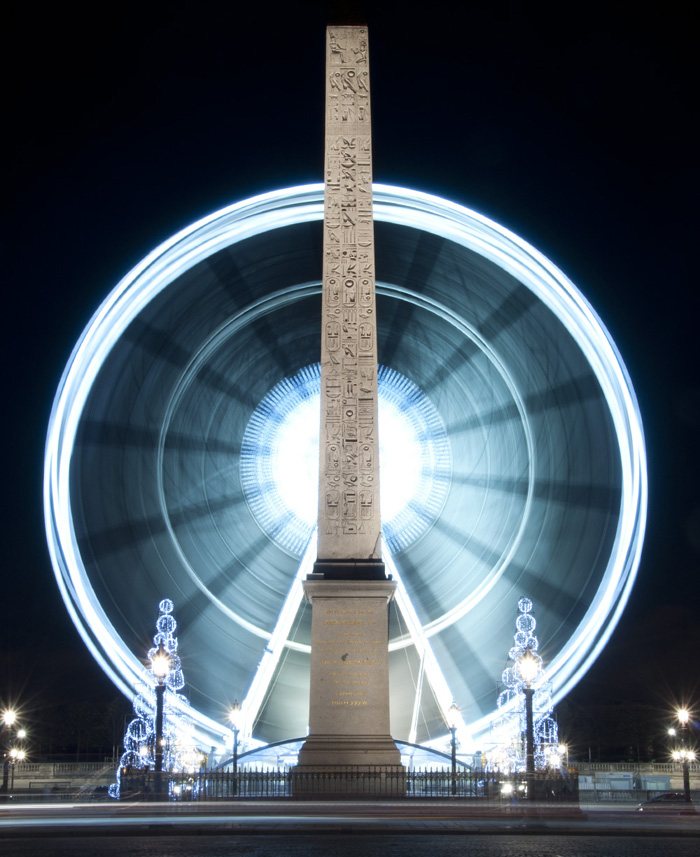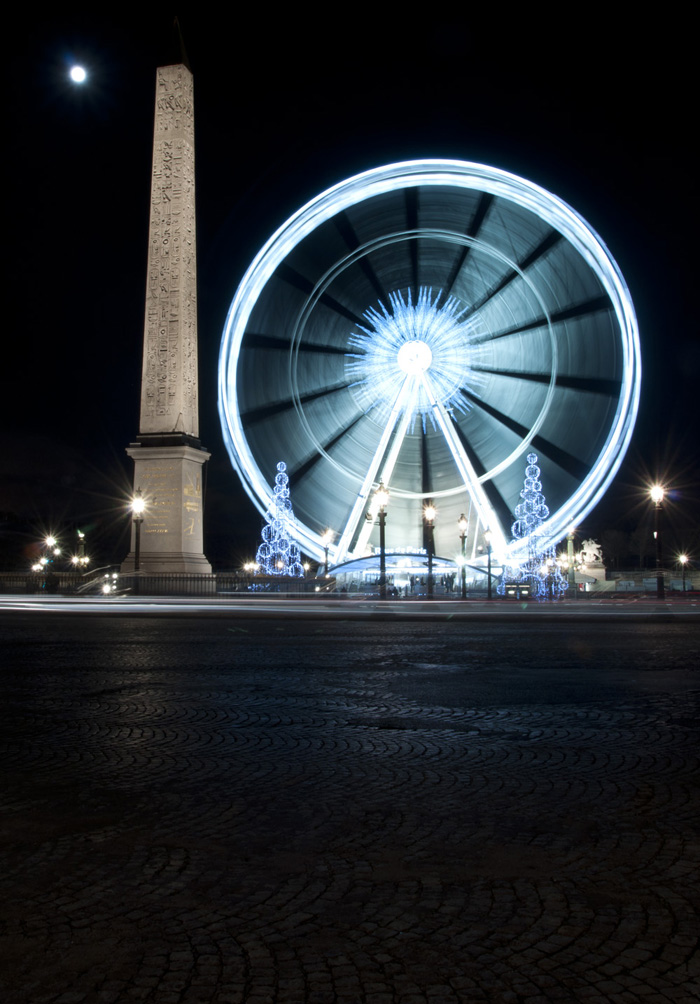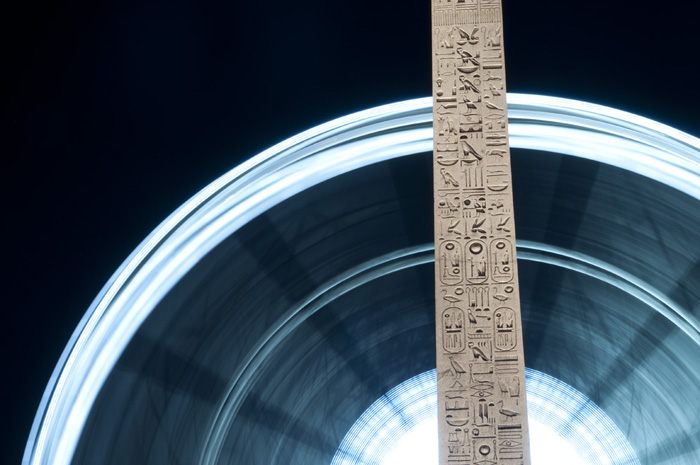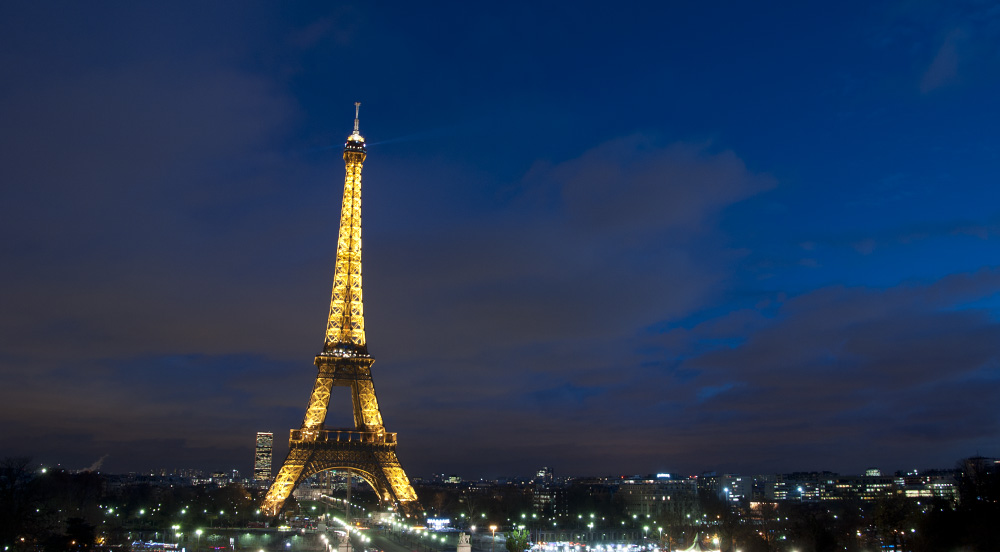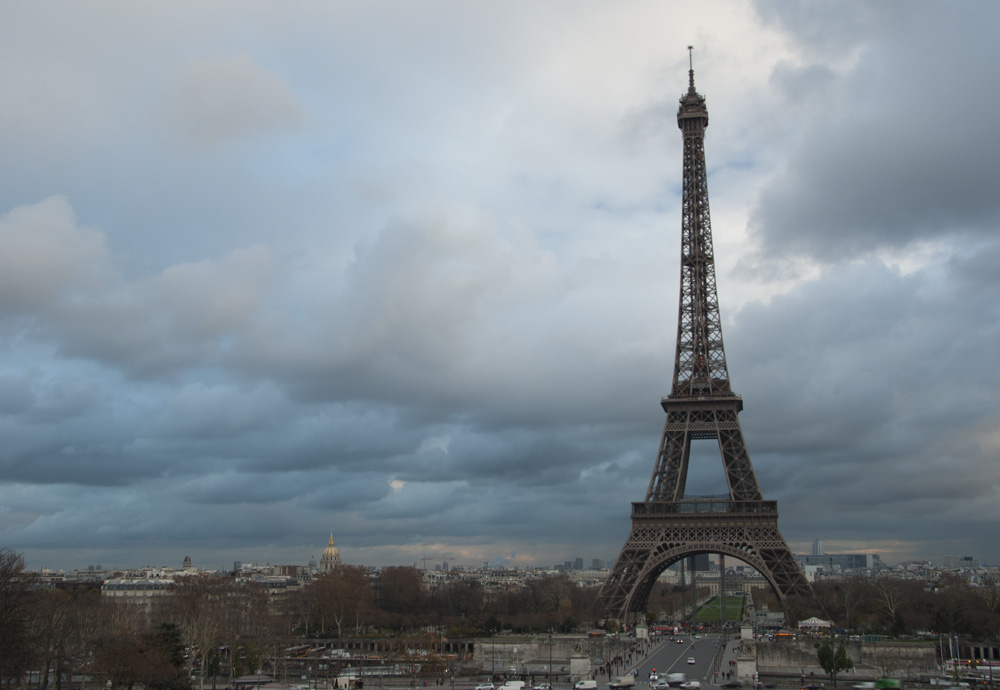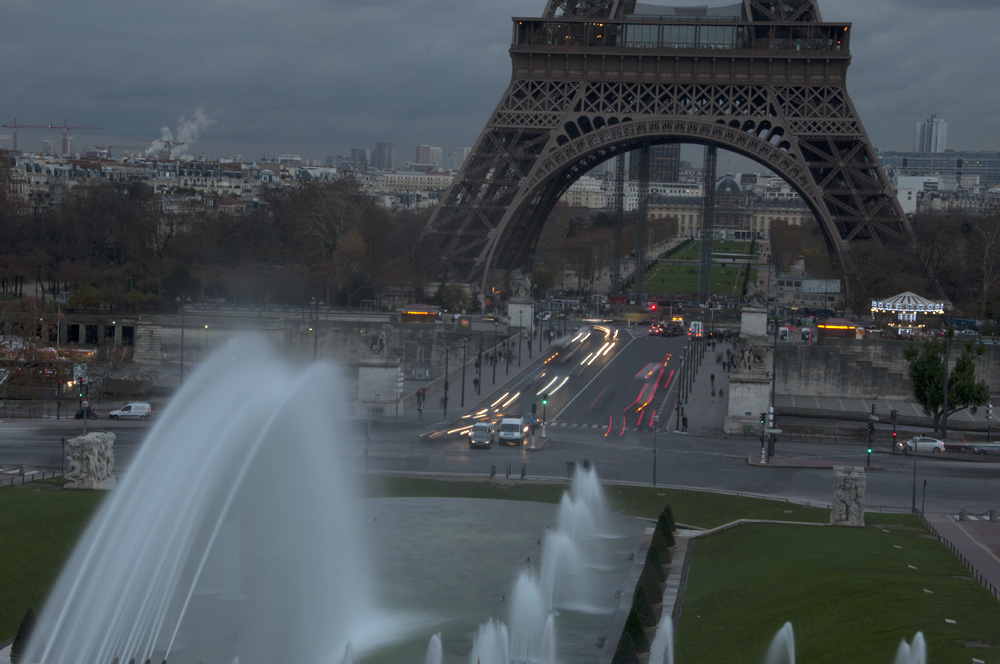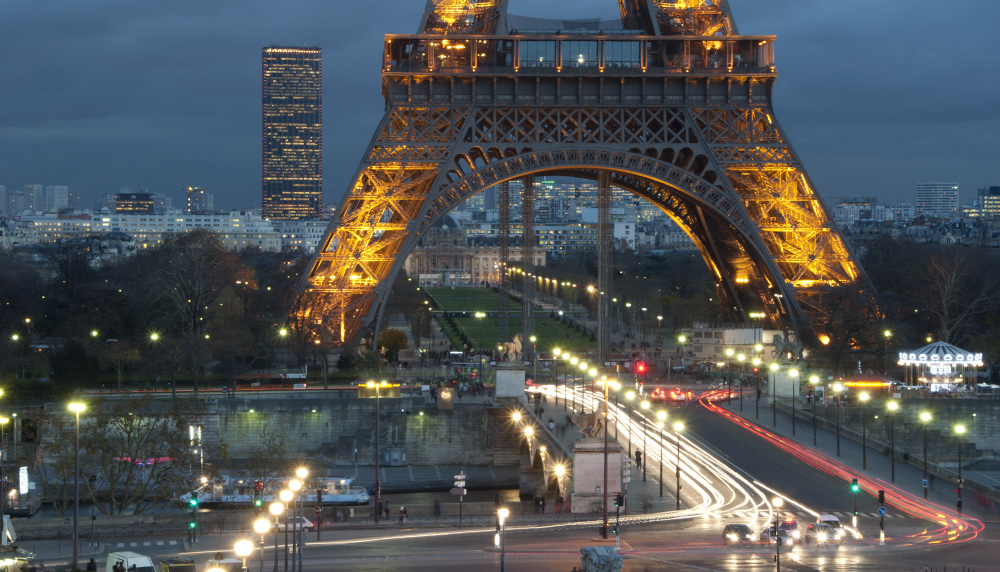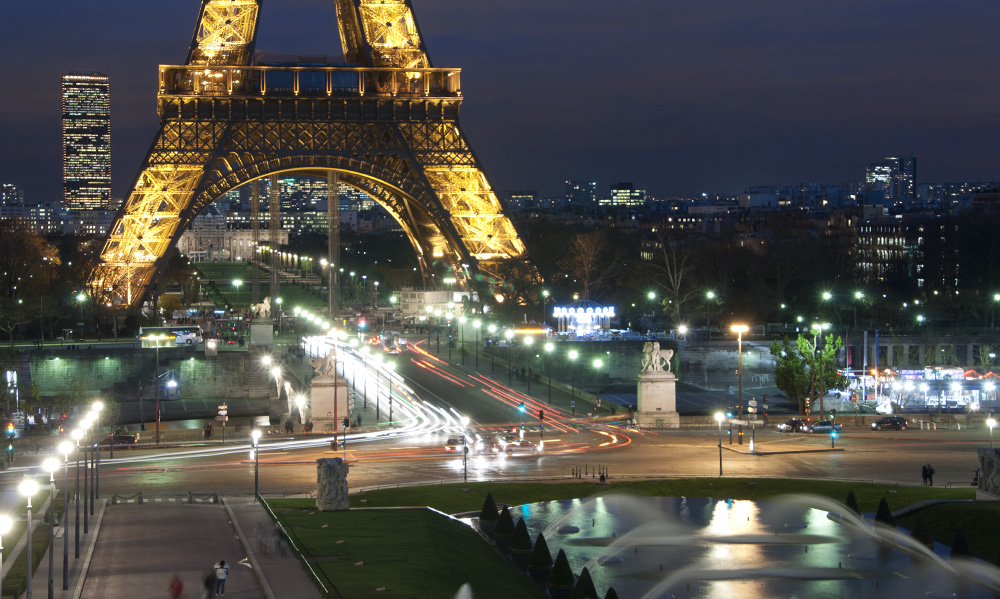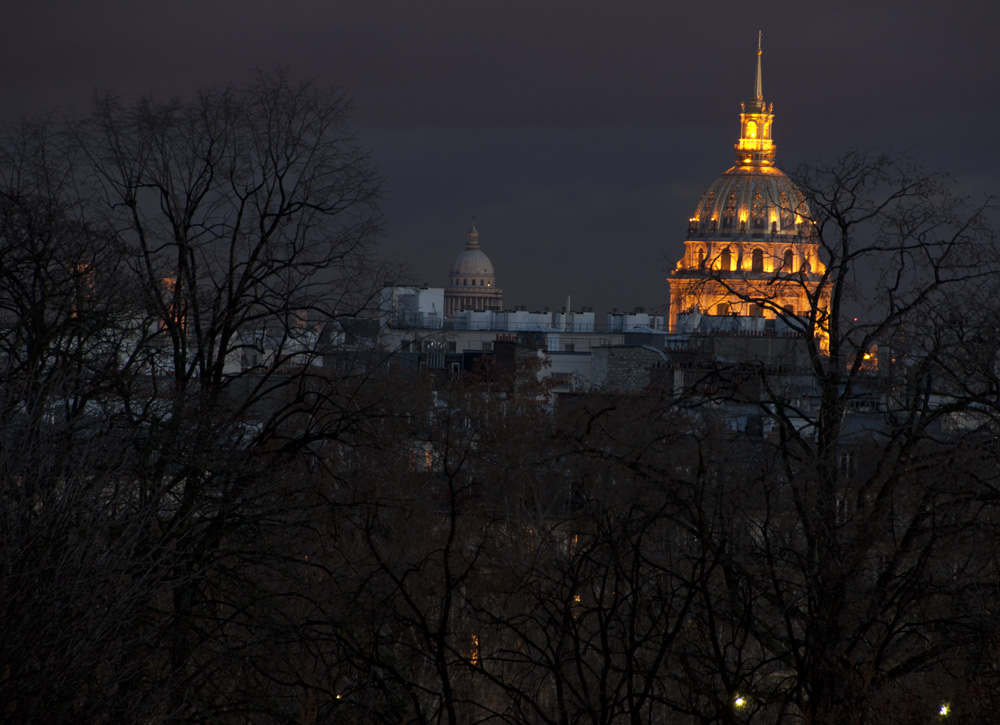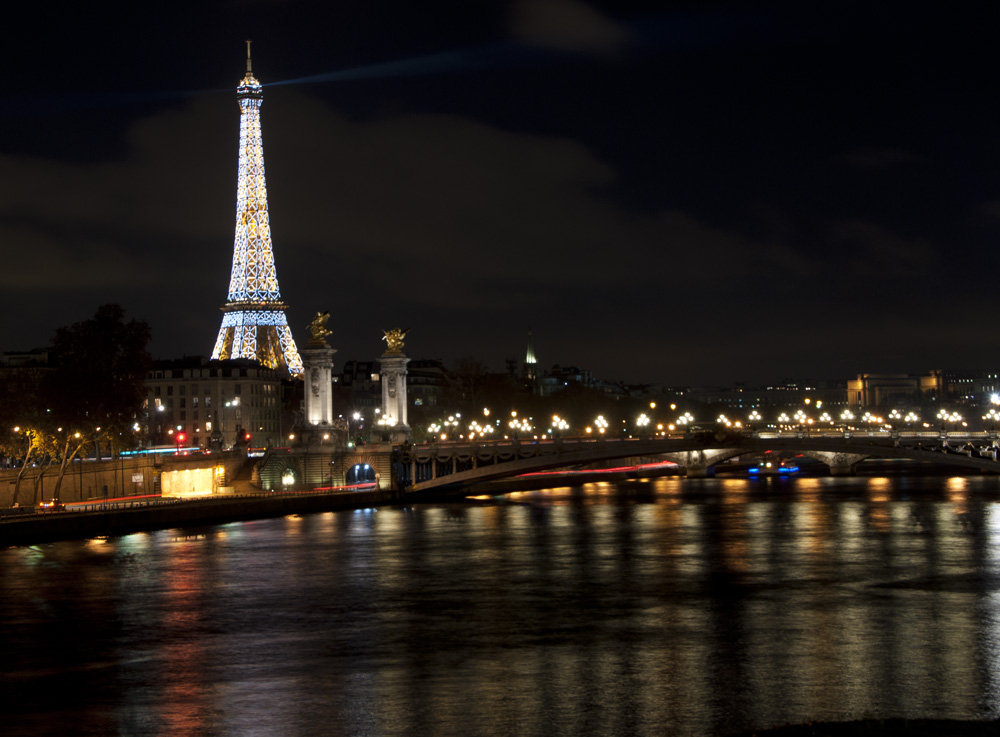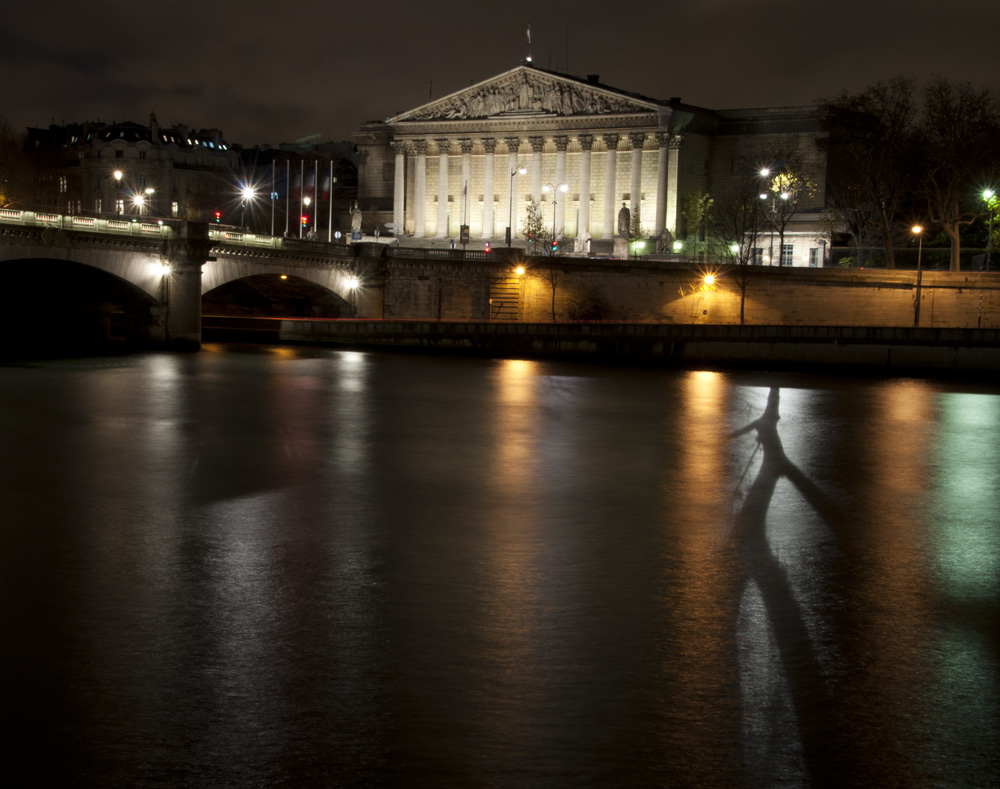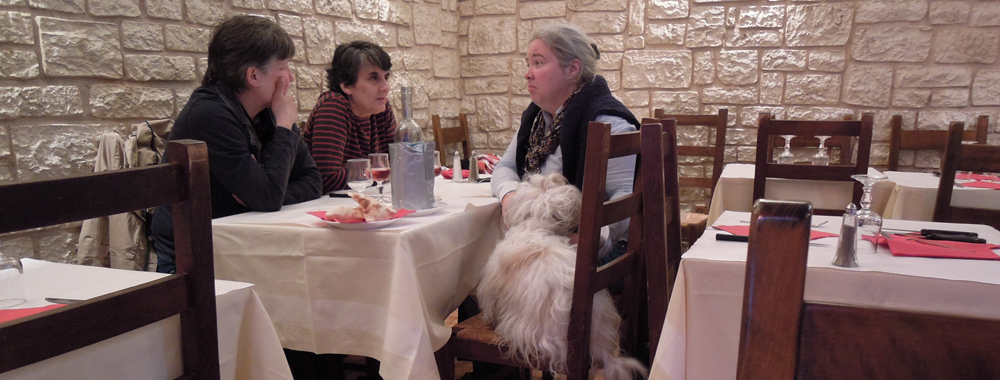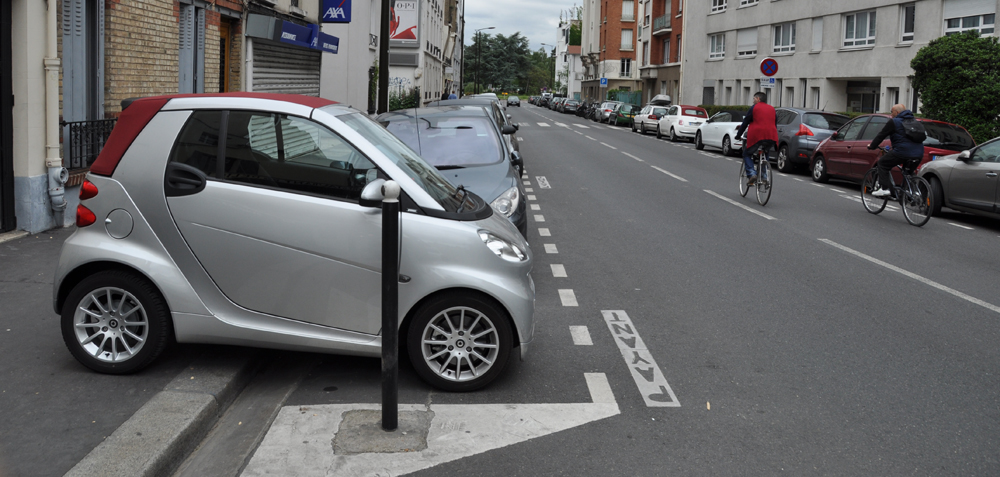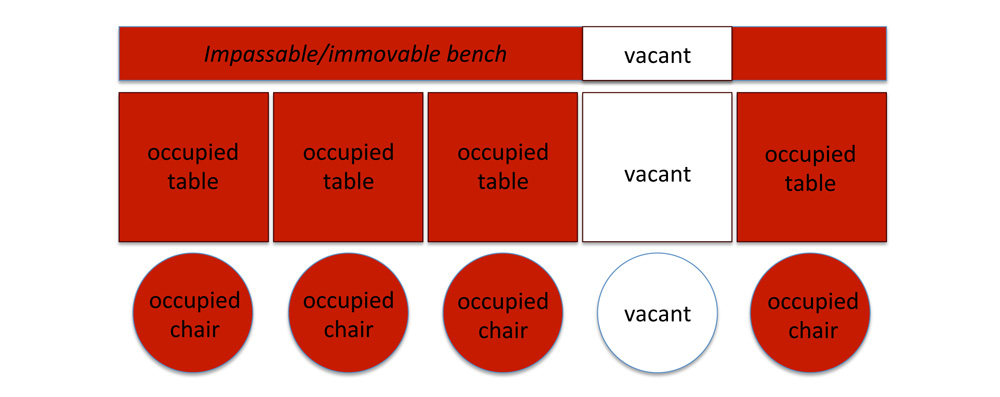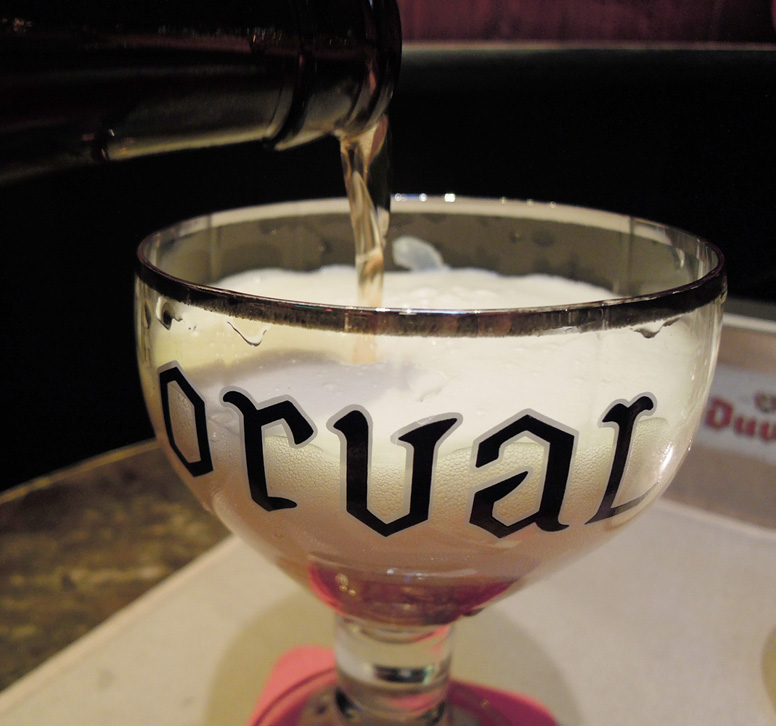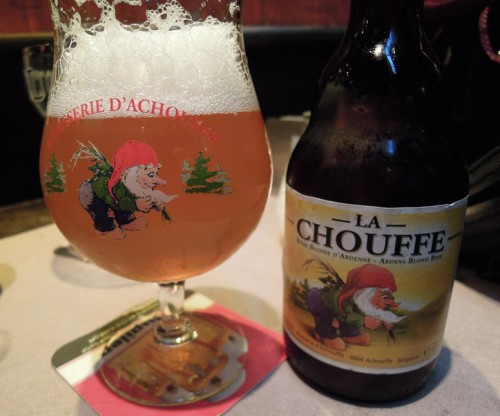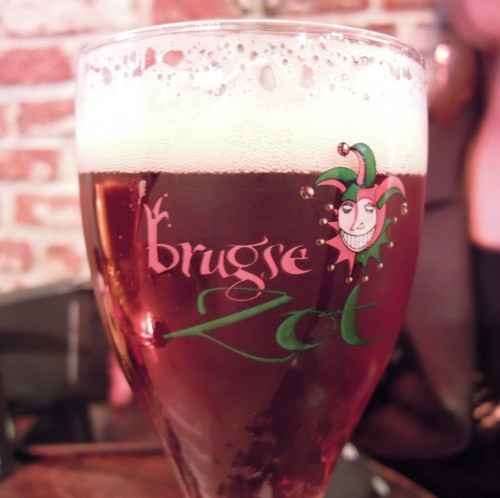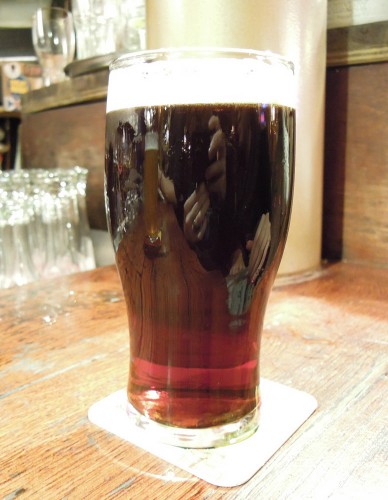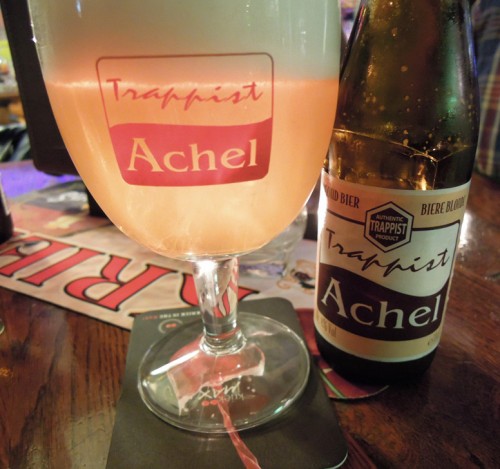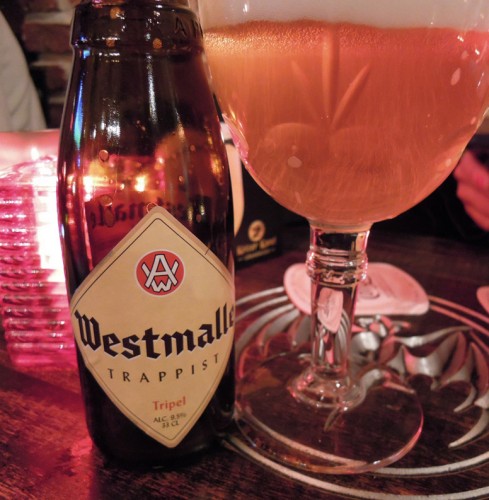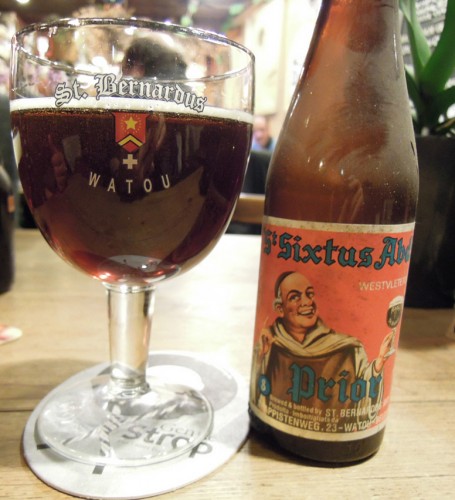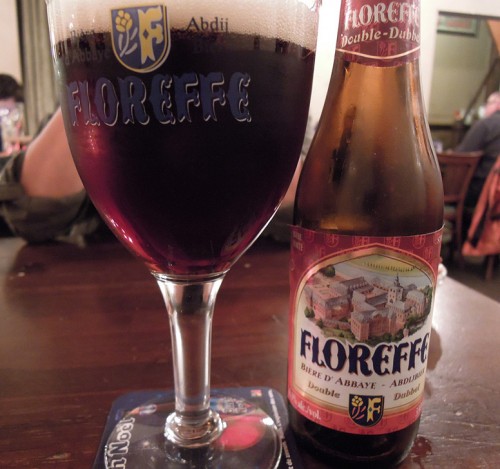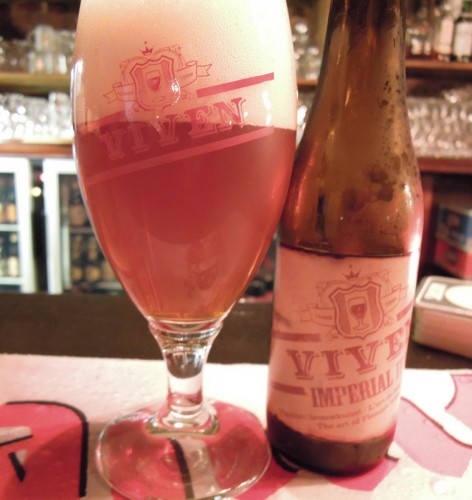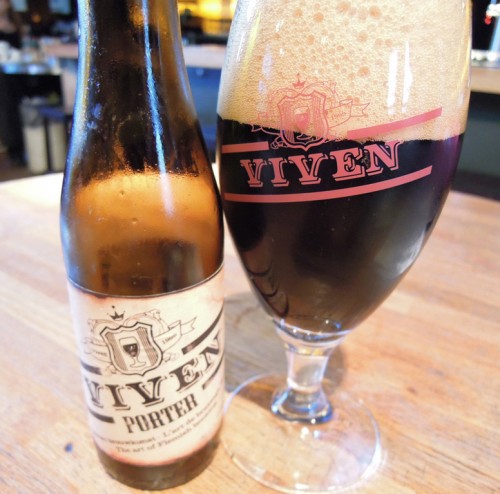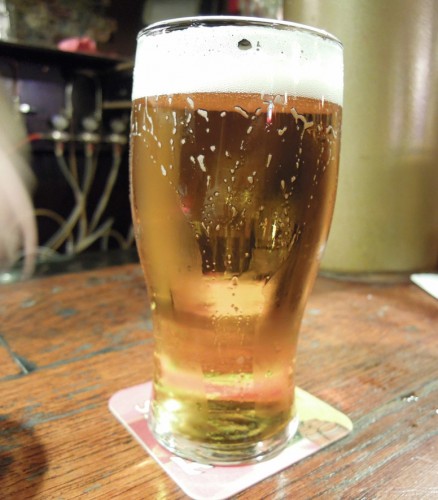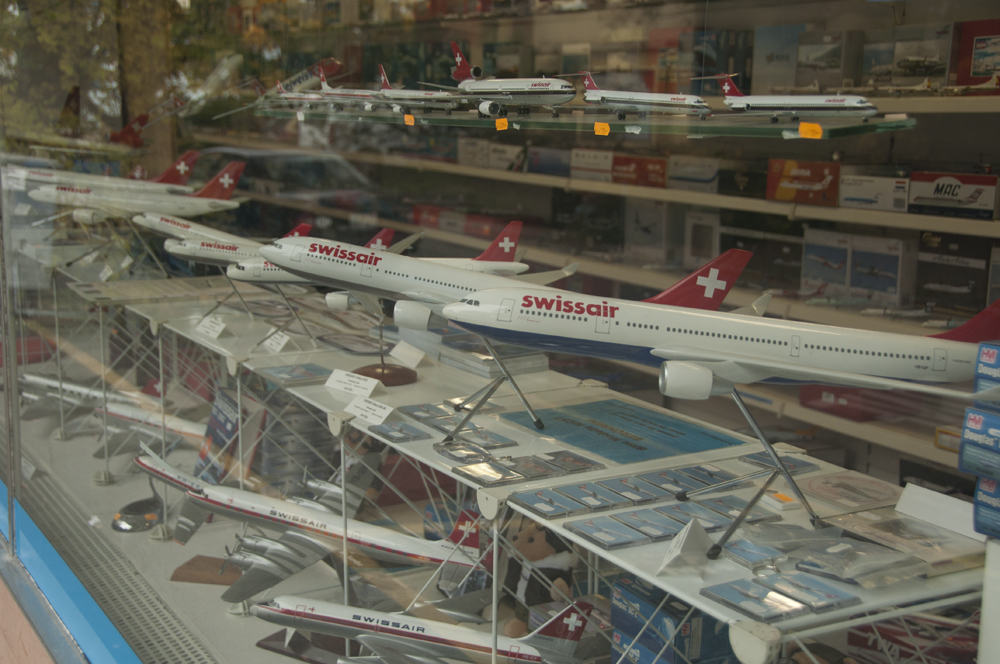When my eyes met binoculars in 2012, they were likely in pursuit of the feathered occupants of Paris, from tits to creepers. My wife and I moved to the capital of France in early June and I averaged about one morning of birding every week until late November, when we traveled back home to Seattle by way of Eastern Europe for a month. I mostly birded in green-spaces near our flat just southwest of Paris (in the city of Boulogne-Billancourt) with periodic trips further afield.
With moderate effort, I tallied 72 species in the City of Light.
There aren’t many birders in Paris. I met four of them and while I learned quite a bit, I almost always birded solo (during the week). Consequently, my ears failed to find the less common songs/calls and I am sure my eyes missed a few of the expected fall migrants in all their dull greatness (i.e. phylloscopus warblers). I also missed spring migration entirely.
Highlights include a Lesser Redpoll working an alder with two European Goldfinches on November 8th, a European Honey-buzzard migrating over Parc des Beaumonts in mid-August, separate sightings of Tawny Owls in two different parks southwest of the city in the summer, two sightings of Black Woodpecker in the Bois de Boulogne, a pair of Hawfinches in early November, and several sightings of Eurasian Bullfinches throughout the year—the handsomest of the European line-up.
Biggest miss: Lesser Spotted Woodpecker. I’ve heard a couple but so far these small trunk-climbers have eluded me.

I’ve included a full species list below, with codes denoting where I saw them. Most locations are slightly outside Paris proper but all are easily accessible by the Paris metro system. Each code links to a full description (and MAP) in my blog post, “Birdwatching in Paris.”
- Bois de Boulogne (BdB)
- Parc de l’Ile St Germain (PiSG)
- Ile de Seguin (IdS)
- Parc du Beaumonts (PdB)
- Jardin des Plantes (JdP)
- Cimetiere du Pere Lachaise (CdPLC)
- Bois de Vincennes (BdV)
Canada Goose (BdV) — Flock on Lac Daumesnil, Bois de Vincennes.
Mute Swan (BdB–BdV) — Easy to spot in many of Paris’ waterways, especially in large park lakes.
Mallard (BdB–BdV) — Common on any large lake and on the Seine.
Common Pochard (BdV) — Wintering flock found in Lac de Minimes, in east Bois de Vincennes.
Ring-necked Pheasant (BdB) — Seen a couple times in the deeper recesses of Bois de Boulogne.
Great Crested Grebe (BdV) — Found in winter on Lac de Minimes, Bois de Vincennes.
Great Cormorant (BdB–PiSG–BdV) — Can be seen flying over many points in Paris, especially near water.
Gray Heron (BdB–BdV) — Hard to find on the fortified banks of the Seine. Can be found on smaller lakes with vegetated shores.
European Honey-buzzard (PdB) — Uncommon migrant through Paris. I joined expat birder David Thorns at his beloved Parc du Beaumonts on an afternoon in mid August and this was the first, and closest, raptor to pass us during the two hour skywatch.
Eurasian Sparrowhawk (BdB–BdV) — Uncommon but can be seen any time of year in wooded areas.
Eurasian Moorhen (BdB–JdP–BdV) — Common near lakes and streams. Surprisingly, I found a couple in Jardin des Plantes, well away from any lake.
Eurasian Coot (BdB–BdV) — Common in lakes, even the Seine.
Little Ringed Plover (IdS) — A pair were spotted in the dirt construction areas of Ile de Seguin in July.
Black-headed Gull (BdB–PiSG–IdS–BdV) — Widespread.
Herring Gull (JdP–BdV) — Uncommon but can be seen at or near any body of water, especially the Seine.
Common Tern (IdS) — Seen during migration on the Seine on Ile de Seguin.
Rock Pigeon (BdB–PiSG) — Widespread.
Stock Dove (BdB–JdP–BdV) — Widespread but uncommon and can be difficult to separate from the abundant Common Wood-Pigeon.
Common Wood-Pigeon (BdB–PiSG–IdS–PdB–JdP–CdPLC–BdV) — Widespread; one of the most abundant species in Paris. You can’t scan the skies without seeing several of these guys. Their silhouette is frustratingly similar to a raptor in flight to North American eyes.
Tawny Owl (BdB) — The alarm calls of Eurasian Blackbirds alerted me to my first Tawny Owl in Domaine Saint-Cloud (across the river from Boulogne-Billancourt). My second was seen the following week after hearing the startled call of a Green Woodpecker on a run through the Bois de Boulogne.
Common Swift (BdB–PdB) — Look upwards in Summer, and you can’t miss Common Swifts—a fixture of Parisian skies.
Common Kingfisher (BdV) — A single bird fishing a small stream in Bois de Vincennes.
Middle Spotted Woodpecker (BdB–BdV) — I encountered this species on four separate occasions in the Bois de Boulogne; once in Bois de Vincennes.
Great Spotted Woodpecker (BdB–PiSG–CdPLC–BdV) — The most common woodpecker in Paris. Uncommon to common in nearly any park with mature trees.
Black Woodpecker (BdB) — Chasing down the sounds of a foraging woodpecker yielded fantastic views of my first Black Woodpecker in Bois de Boulogne in August. I found a second, more vocal bird in November.
Green Woodpecker (BdB–PiSG–BdV) — The second most frequently encountered woodpecker. Very vocal.
Eurasian Kestrel (BdB–BdV) — Six sightings, all flyovers or perched on edge of open patches in wooded parks.
Eurasian Hobby (CdPLC) — One quick fly-by in Cimetiere du Pere Lachaise in mid October.
Rose-ringed Parakeet (BdB–PiSG–JdP–BdV) — Most frequently seen at Jardin des Plantes, but possible elsewhere as the breeding population has expanded in recent years.
Eurasian Jay (BdB–PiSG–JdP–CdPLC–BdV) — Common, likely in any wooded park.
Eurasian Magpie (BdB–PiSG–JdP–CdPLC–BdV) — Widespread and abundant (and vocal).
Rook (BdB) — Three flew over Bois de Boulogne in early November.
Carrion Crow (BdB–PiSG–JdP–CdPLC–BdV) — Widespread and common throughout the city.
Barn Swallow (PdB) — Two flew past skywatch hill at Parc des Beaumonts in August.
Common House-Martin (BdB) — Common at north end of Lac Inferieur in Bois de Boulogne in summer.
Marsh Tit (BdB–BdV) — Uncommon in more wooded parks. Often in mixed flocks of tits.
Coal Tit (BdB–PiSG–CdPLC–BdV) — First sighting was two birds behind our flat in a construction area. Possible (but uncommon) in many of the cities parks.
Crested Tit (BdB–BdV) — Uncommon in parks with patches of conifer trees.
Great Tit (BdB–PiSG–IdS–JdP–CdPLC–BdV) — The most common tit. Pish in front of anything green and you’ll attract a Great Tit.
Eurasian Blue Tit (BdB–PiSG–JdP–CdPLC–BdV) — The second most common tit (see location instructions for Great Tit)
Long-tailed Tit (BdB–PiSG–BdV) — Flocks of varying sizes were found in several parks.
Eurasian Nuthatch (BdB–PiSG–JdP–CdPLC–BdV) — Possible anywhere there are mature trees.
Short-toed Treecreeper (BdB–PiSG–JdP–CdPLC–BdV) — Likely anywhere there are mature trees. Even saw one working a grave in Montparnasse Cemetery.
Eurasian Wren (BdB–PiSG–JdP–CdPLC–BdV) — Possible anywhere there is a thick understory.
Goldcrest (BdB–JdP–BdV) — Flocks of varying sizes are possible year-round, especially in stands of conifers.
Firecrest (BdB–CdPLC) — Most likely to be seen during migration, but a smaller number stay for the winter.
Willow Warbler (BdB–PiSG) — Most easily seen during migration. Paler legs than more common Chiffchaff.
Common Chiffchaff (BdB–PiSG–PdB–CdPLC) — Song can be heard all summer. Less numerous but still possible in winter.
Blackcap (BdB–PiSG–CdPLC) — Widespread in Parisian parks and very responsive to pishing. Breeds in parks and gardens throughout Paris.
Greater Whitethroat (PiSG) — I spotted my first during fall migration in Parc de l’Ile St Germaine.
Spotted Flycatcher (BdB–PiSG) — Breeds in wooded parks throughout Paris but I found my first in late August during migration in two locations.
European Robin (BdB–PiSG–JdP–CdPLC–BdV) — Common and widespread wherever there is decent understory.
European Pied Flycatcher (BdB–PiSG–CdPLC) — Uncommon migrant. Found my first in Bois de Boulogne, my second in Parc de l’Ile Saint Germain and my third during a small migratory fallout in Cimetiere du Pere Lachaise.
Black Redstart (Domaine de Saint-Cloud) — There was a reliable pair across the river from Boulogne in Parc de Saint-Cloud.
Eurasian Blackbird (BdB–PiSG–JdP–CdPLC–BdV) — Widespread and common in any city park.
Fieldfare (PiSG) — A thrush that winters in Paris. I found my first in November.
Redwing (BdB) — Another wintering thrush. I found my first in Bois de Boulogne in November with a flock of Eurasian Blackbirds visiting a fruiting conifer tree.
Song Thrush (BdB–PiSG–CdPLC–BdV) — A boisterous songster. Present in Paris year-round but most abundant during migration.
Mistle Thrush (BdB–PiSG–BdV) — I found my first in October in Bois de Boulogne and had three additional sightings (in other locations) through early November.
European Starling (BdB–PiSG–JdP–CdPLC–BdV) — Abundant and widespread throughout the city.
Dunnock (BdB–PiSG–JdP) — A member of the accentor family. It took me several weeks to find my first but it’s a fairly common bird in parks with brambles.
Western Yellow Wagtail (IdS) — Seen along the fortified banks of the Seine, across from Ile de Seguin.
Gray Wagtail (BdB) — Seen near water in Bois de Boulogne.
Common Chaffinch (BdB–PiSG–BdV) — One of most common contributors to the dawn chorus in spring and summer. Can be found year-round.
Eurasian Bullfinch (BdB–PiSG) — In my opinion, the most attractive of Europe’s urban birds. I chased down some soft call notes in June to find a pair foraging quietly in the grass (beneath a stand of conifers) just north of the Reserve Ornithologique in Bois de Boulogne. I didn’t see any others until I found a small (but reliable) flock visiting some fruiting shrubs in Parc de l’Ile Saint Germain. Handsome devils.
European Greenfinch (BdB–PiSG–JdP–CdPLC–BdV) — Possible in many parks, especially in fall. Had several males singing from rooftop TV antennas near our flat.
Lesser Redpoll (PiSG) — Probably the most unexpected bird I found in Paris. While birding in early November in Parc de l’Ile Saint Germain, I was attracted to a small flock of European Goldfinches flying amongst a small patch of alders. I noticed that one was particularly tan. Once I noticed the subtle reddish cap and black mask, I knew I had a redpoll but I had never seen one so awash in brown. I studied the bird as it foraged for several minutes. My Princeton Birds of Europe guide was printed in 1999 and only had Common and Arctic (Hoary) Redpoll. Once I returned home, I learned that the cabaret subspecies that best matched this bird (as depicted in my book) was split in to a new species: Lesser Redpoll. I returned to this patch of alders several more times and never saw any other redpolls.
Eurasian Siskin (PiSG) — I finally found my first siskins near the patch of alders that hosted the Lesser Redpoll above. After several attempts, I found four that were visiting a small pond as I was leaving the park via the western entrance.
European Goldfinch (BdB–PiSG–IdS–BdV) — This was one of the first birds I saw on my first morning of birding in Paris (in Parc de Saint-Cloud). It was a full month before I found another five working some thistle on Ile de Seguin. They became more common, and formed larger flocks, in early November, when I found them at several different locations.
European Serin (PiSG–IdS) — In summer, Ile de Seguin was the most reliable spot for this species, where they were the most boisterous songster. A small flock joined the finch fest that had formed in early November in Parc de l’Ile Saint Germain.
Hawfinch (BdB) — Early November brought a pair of Hawfinches to the parcours sportif, a fitness trail that is my favorite place to bird in Bois de Boulogne.
House Sparrow (PiSG–IdS–JdP–BdV) — As one might expect, this species is fairly widespread but not as common as it is back in North America.

